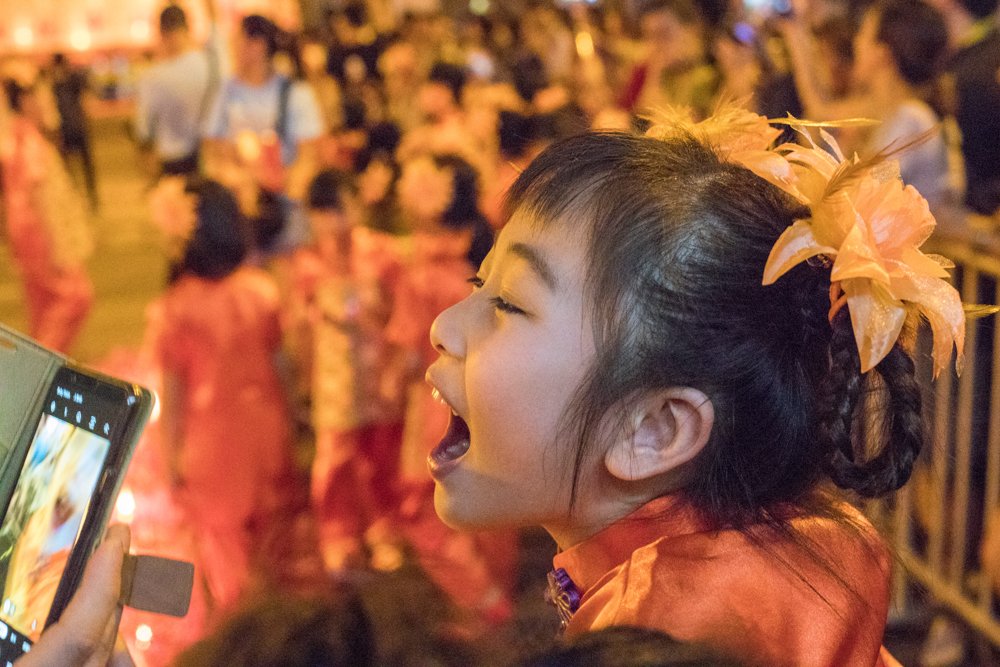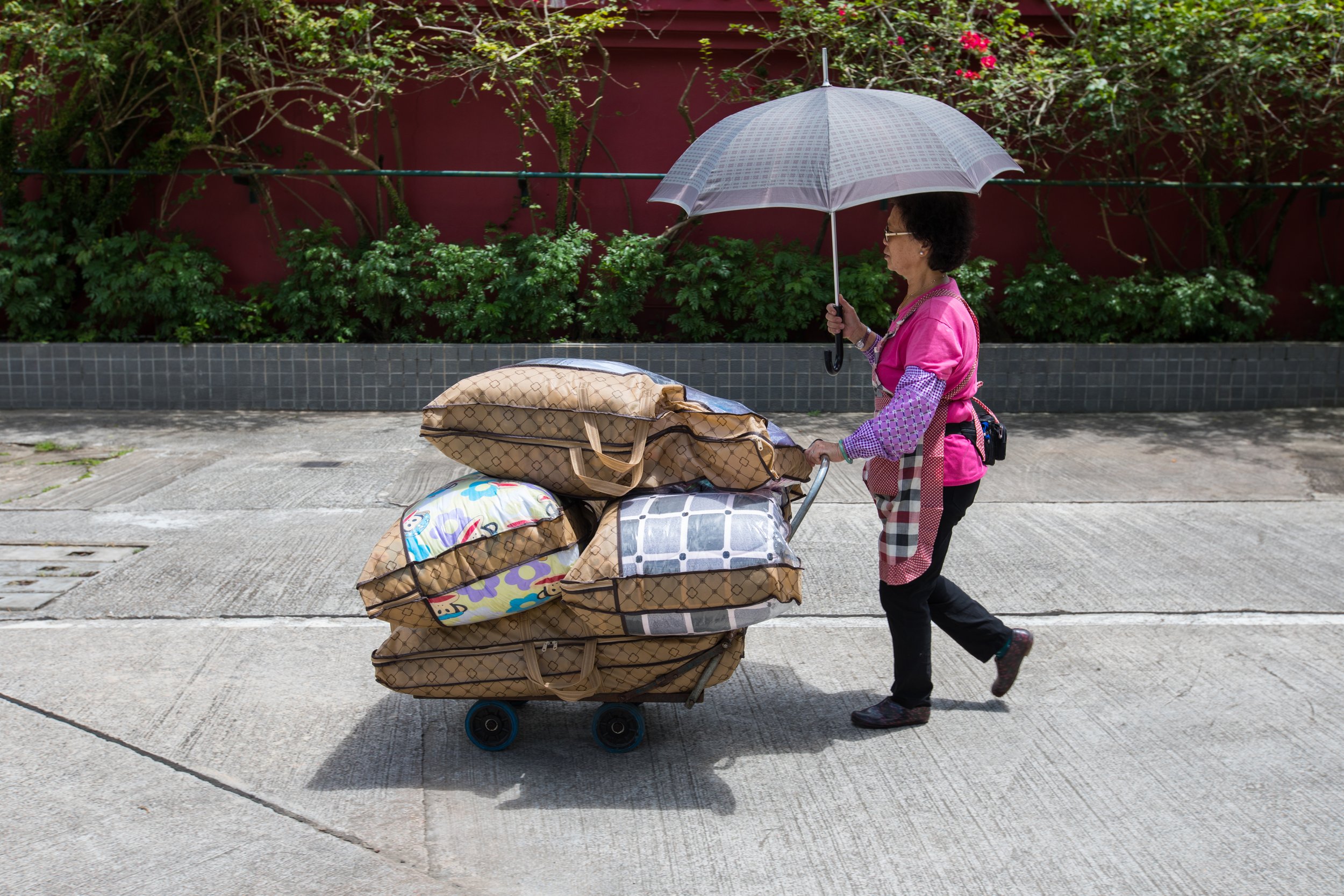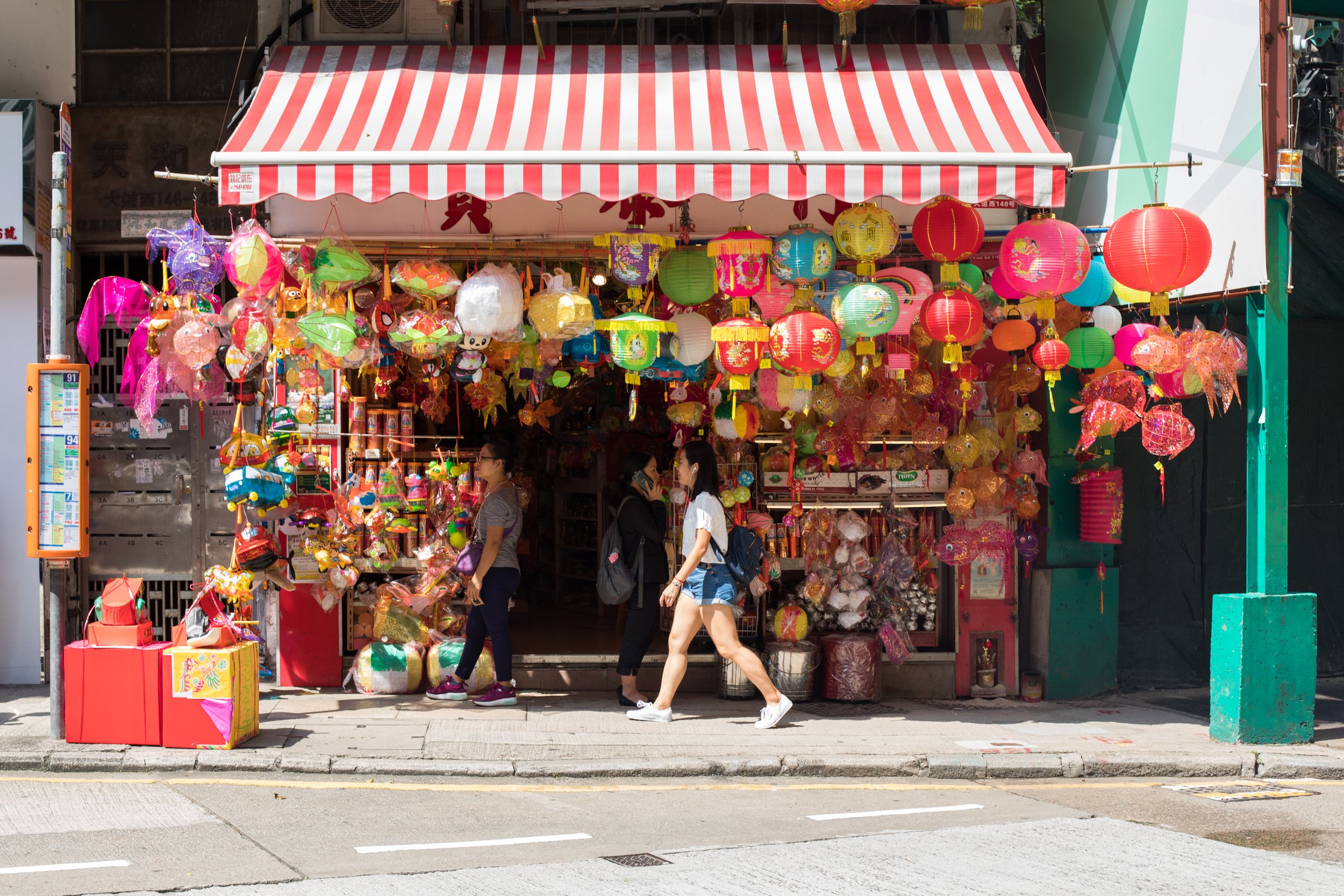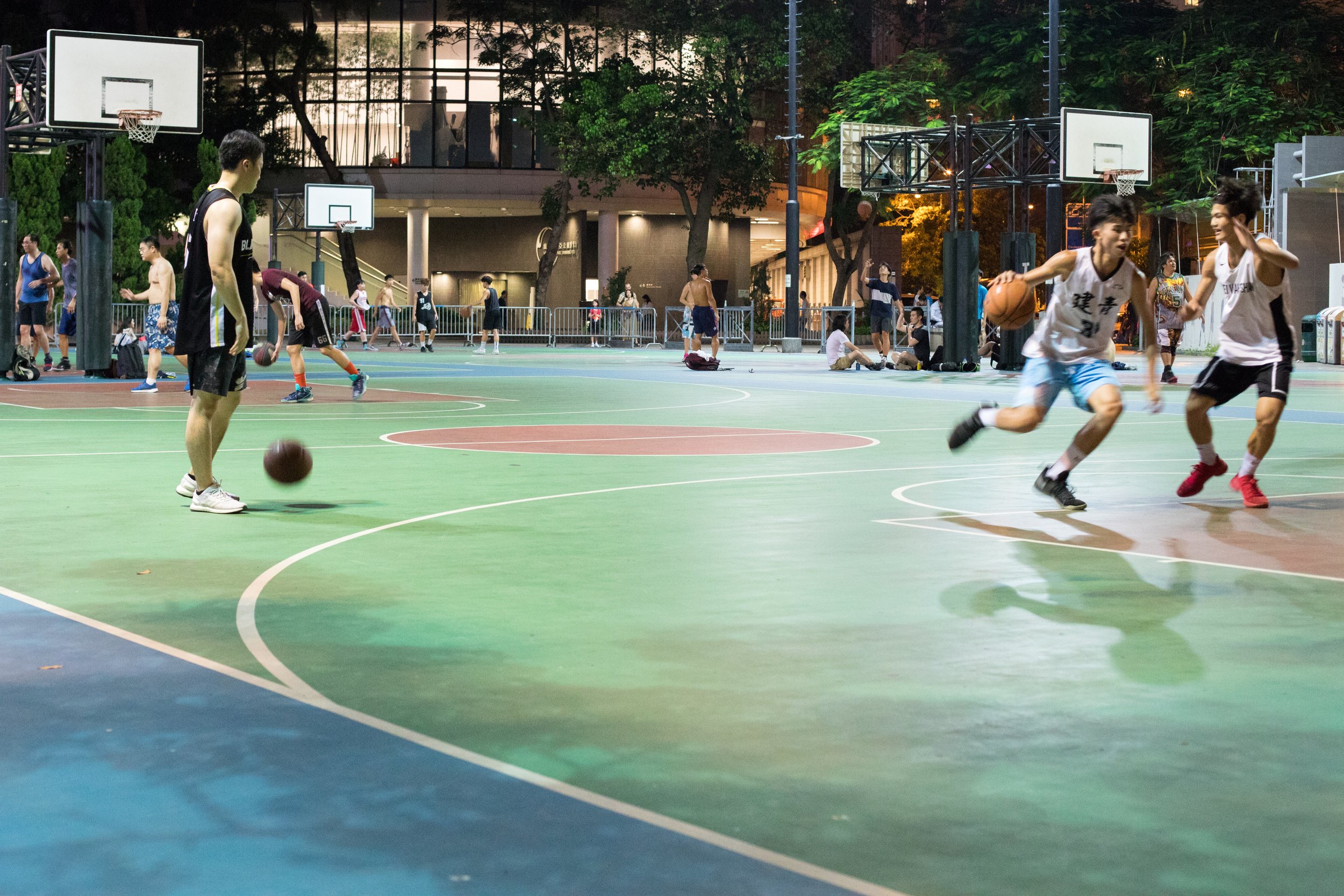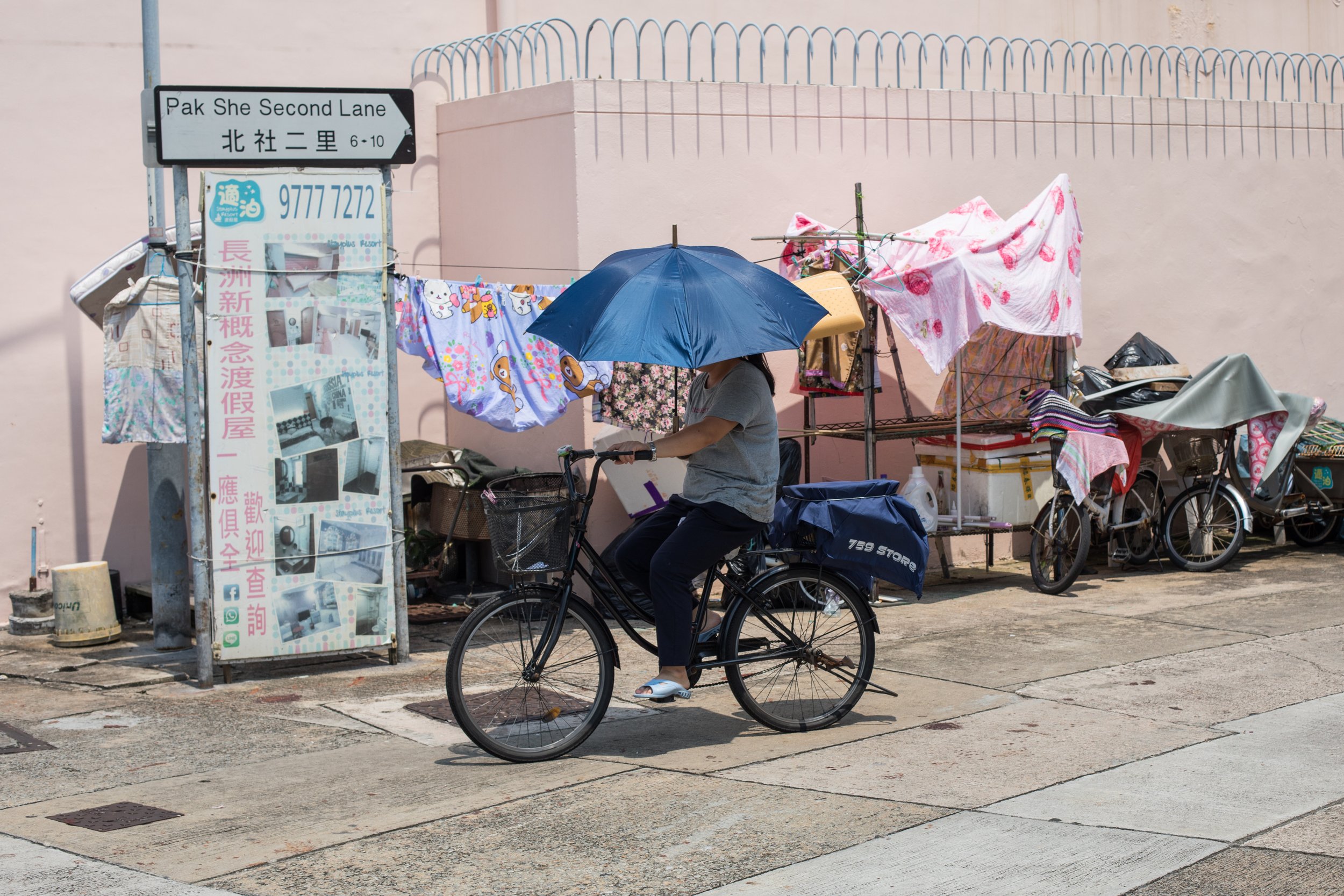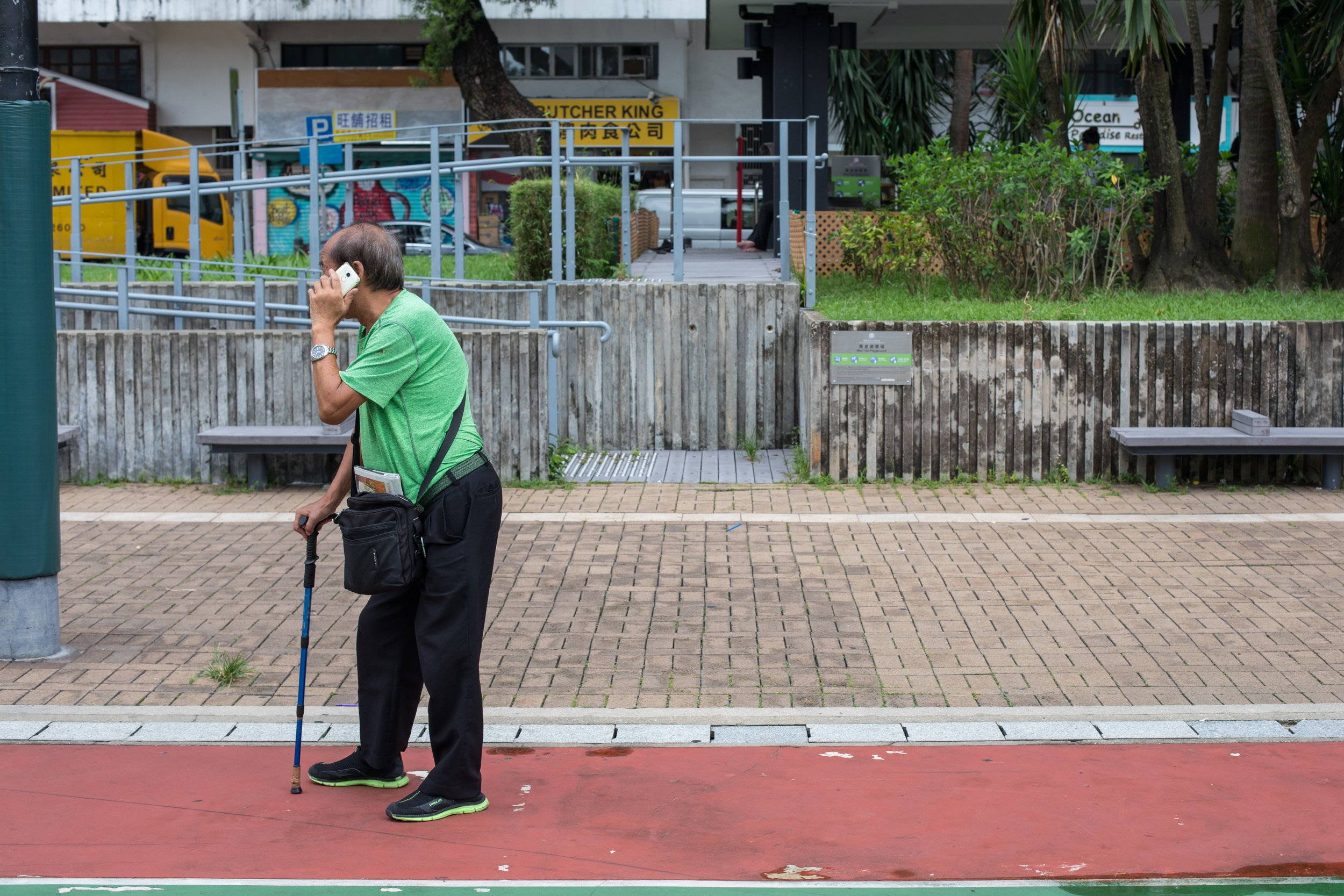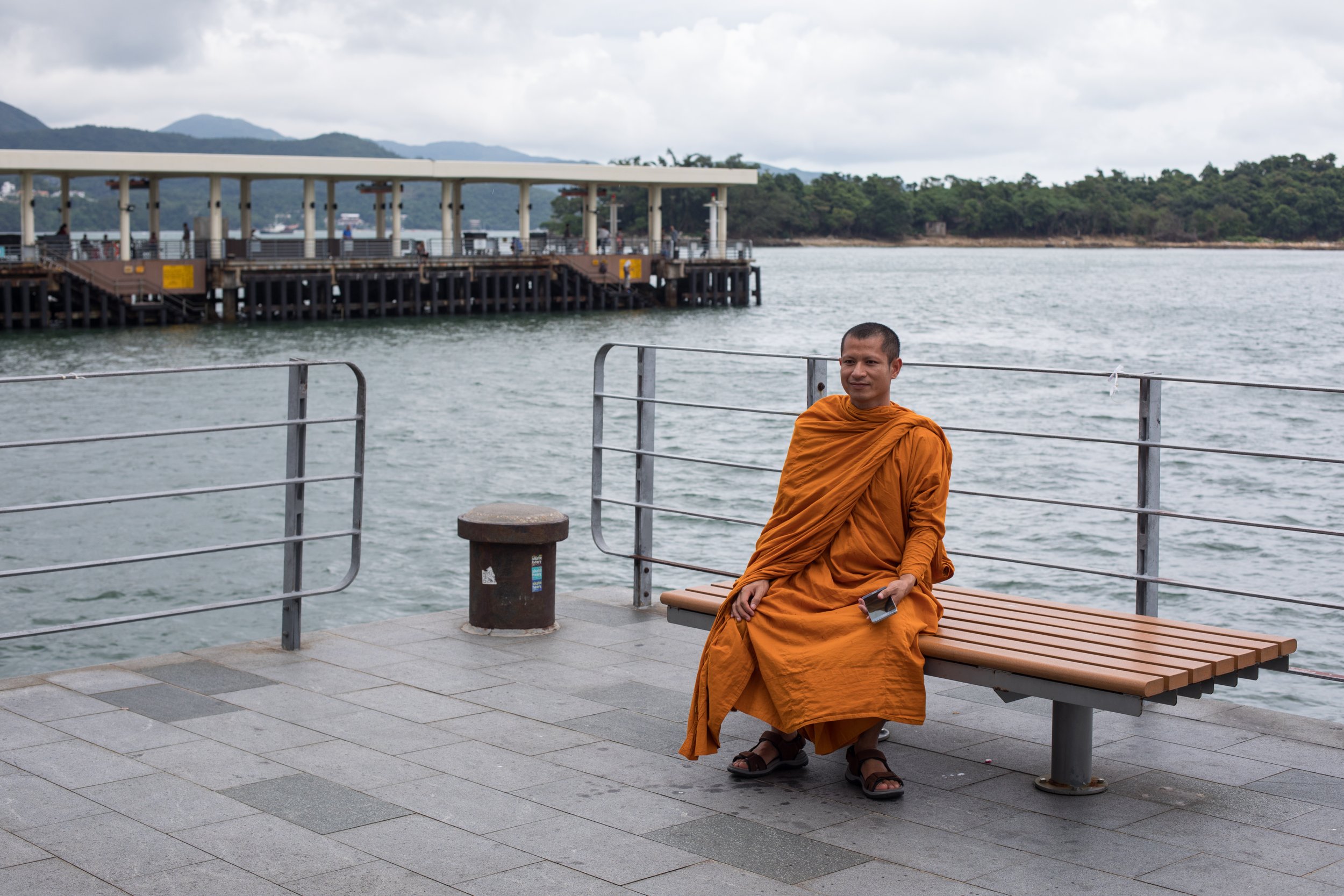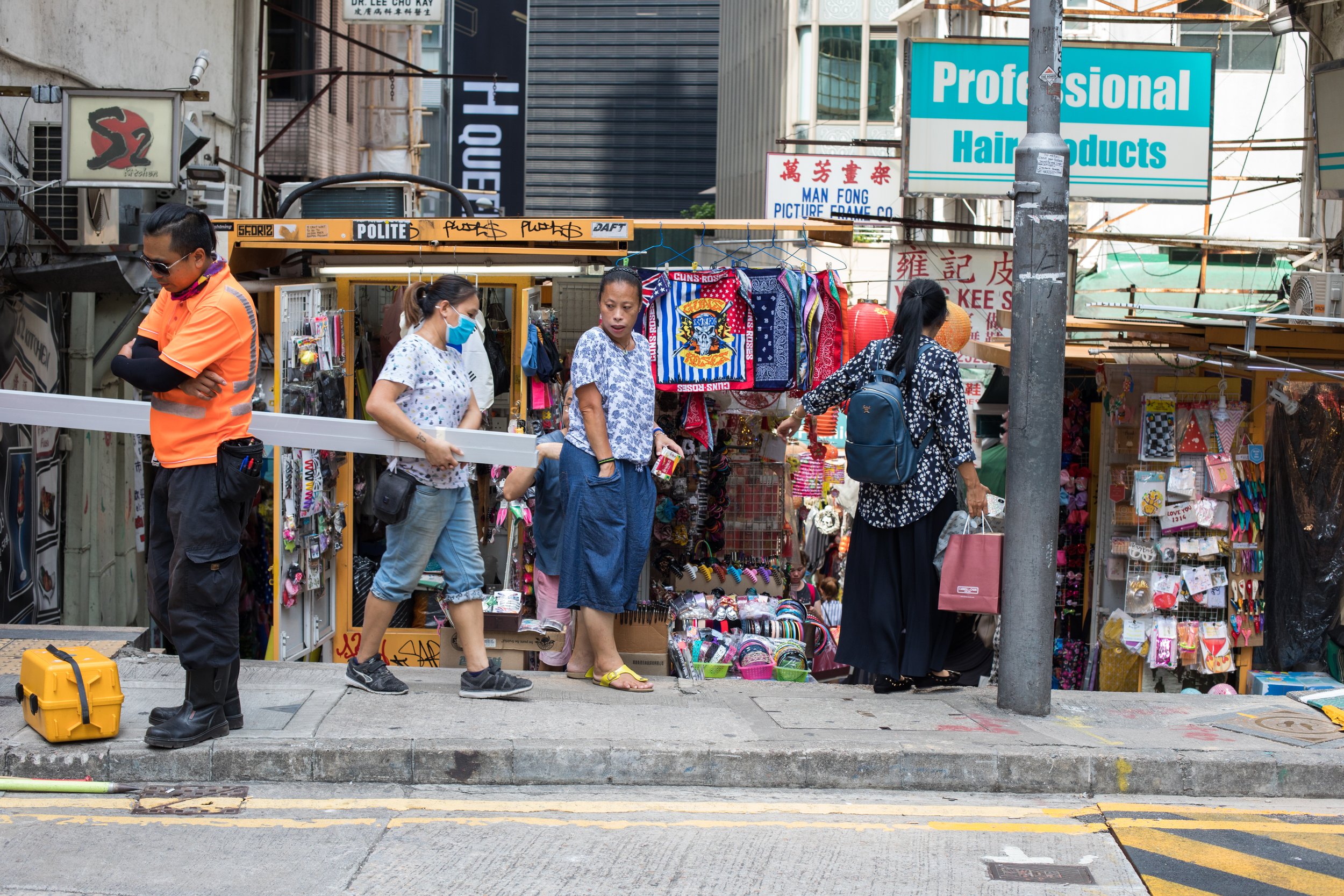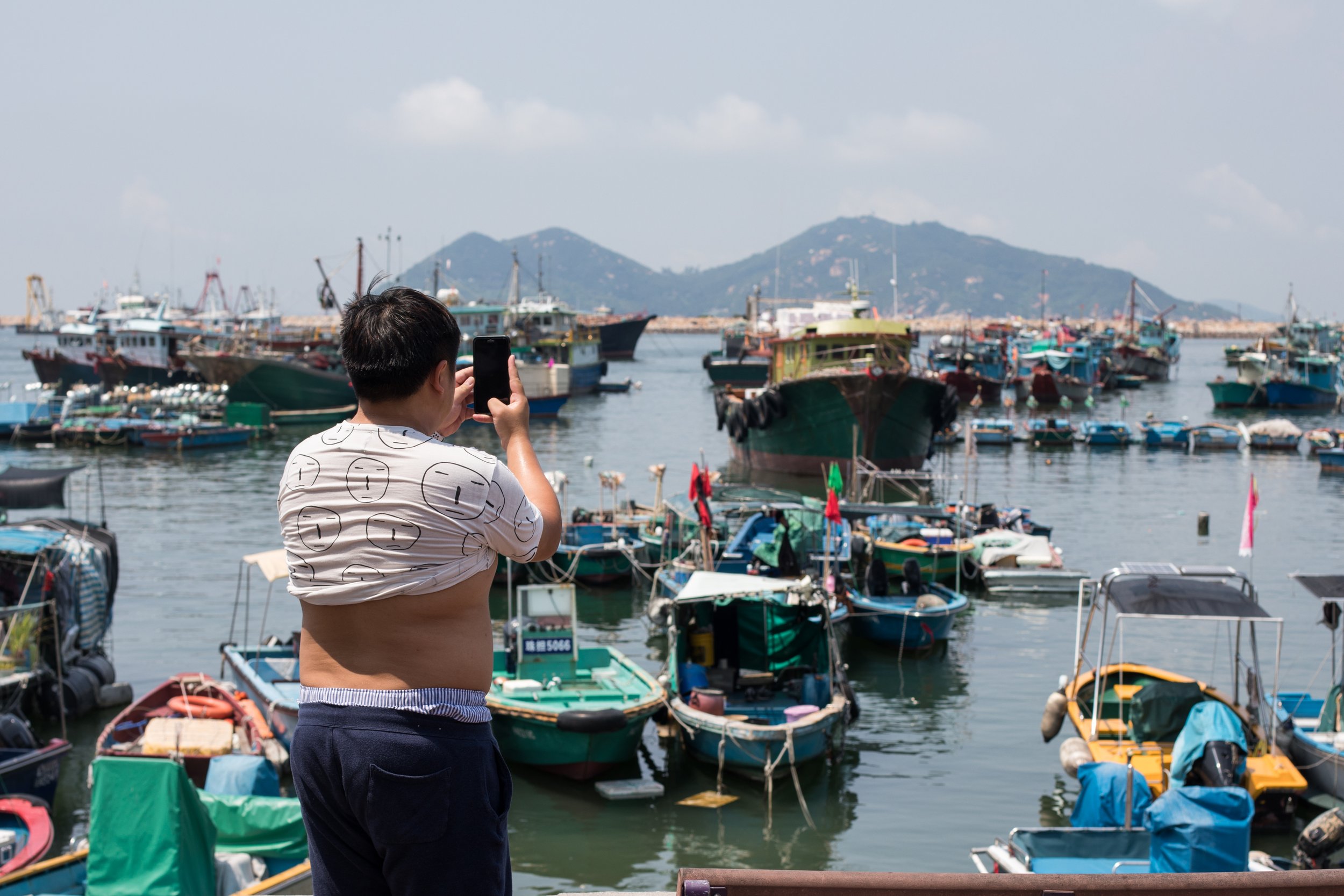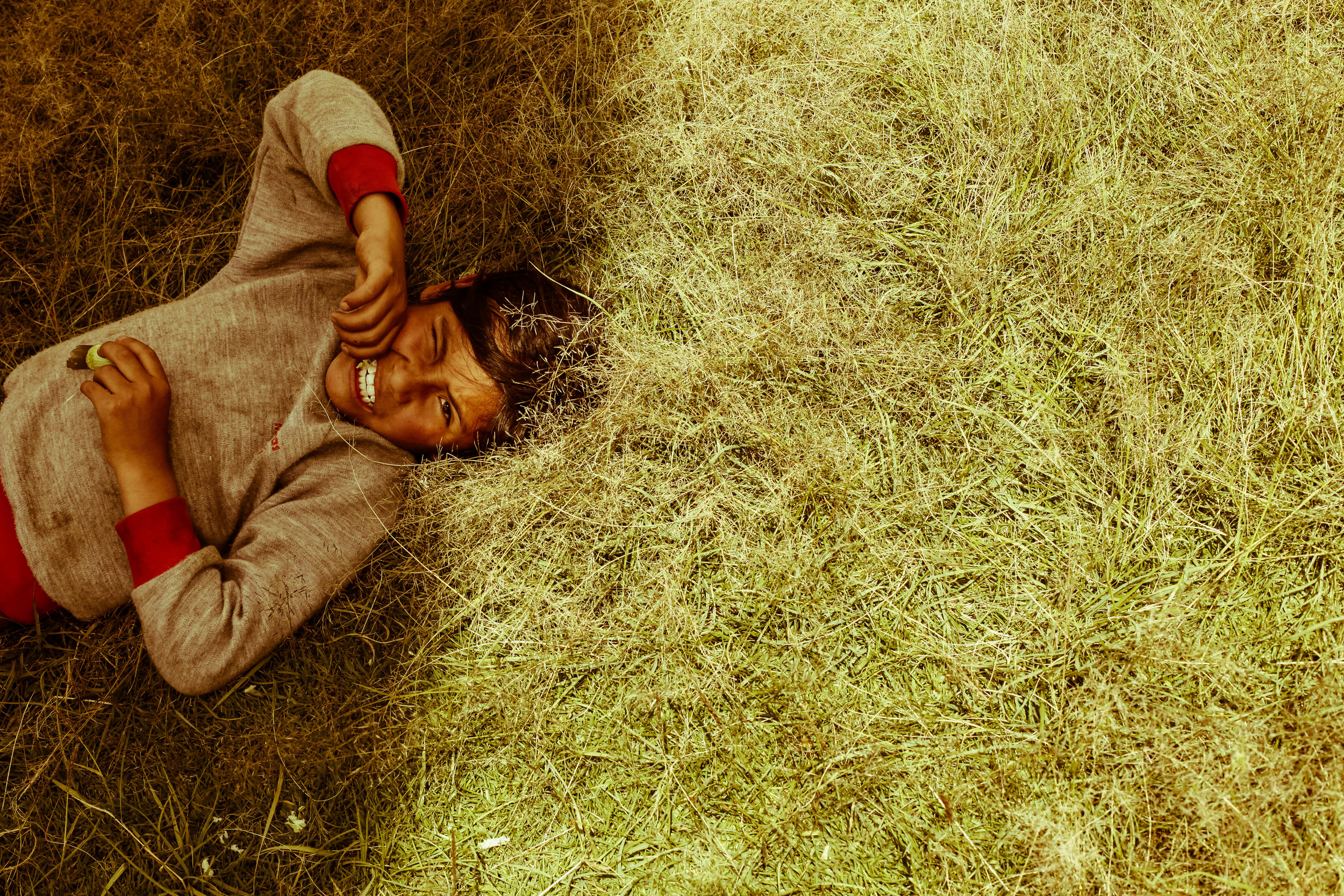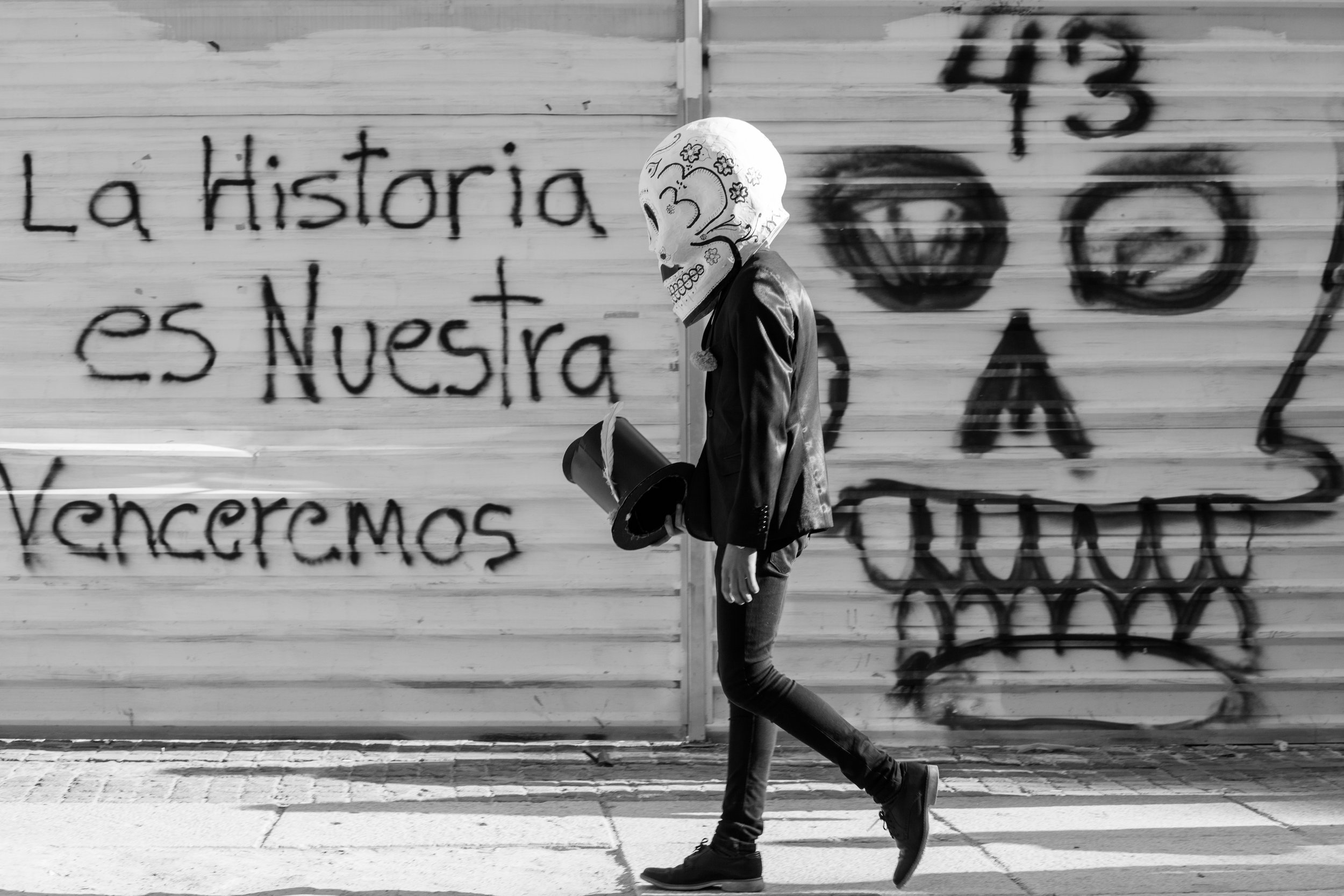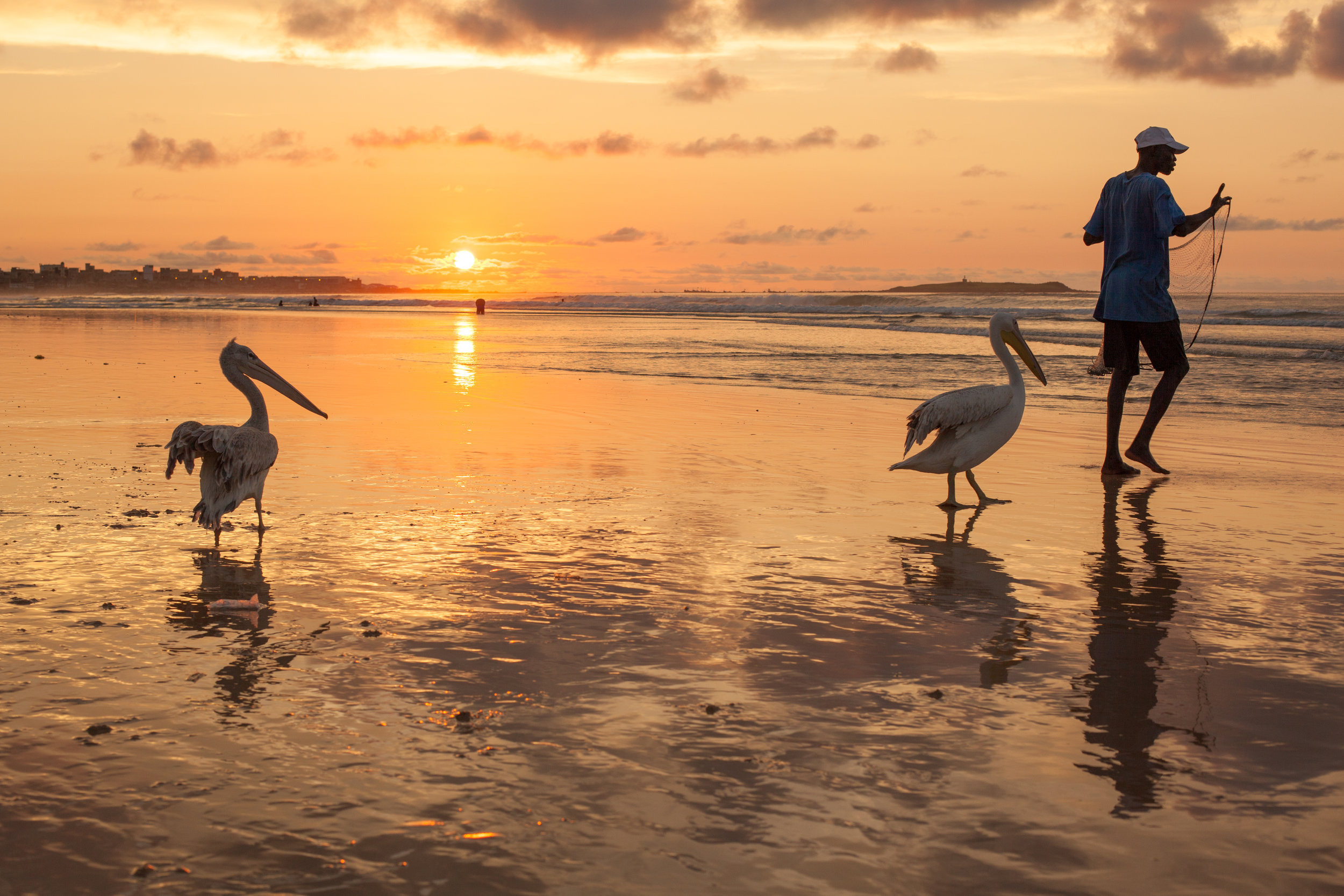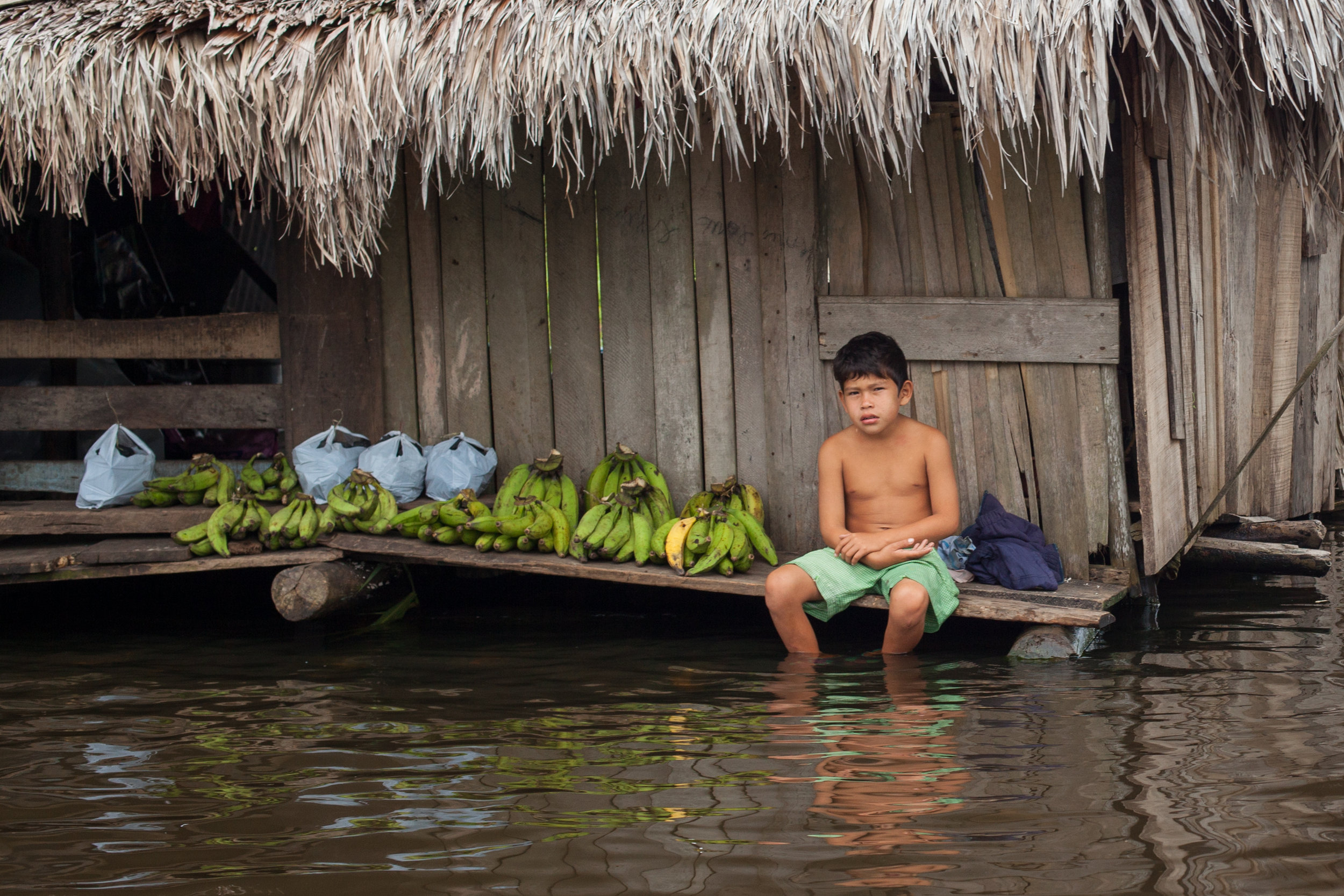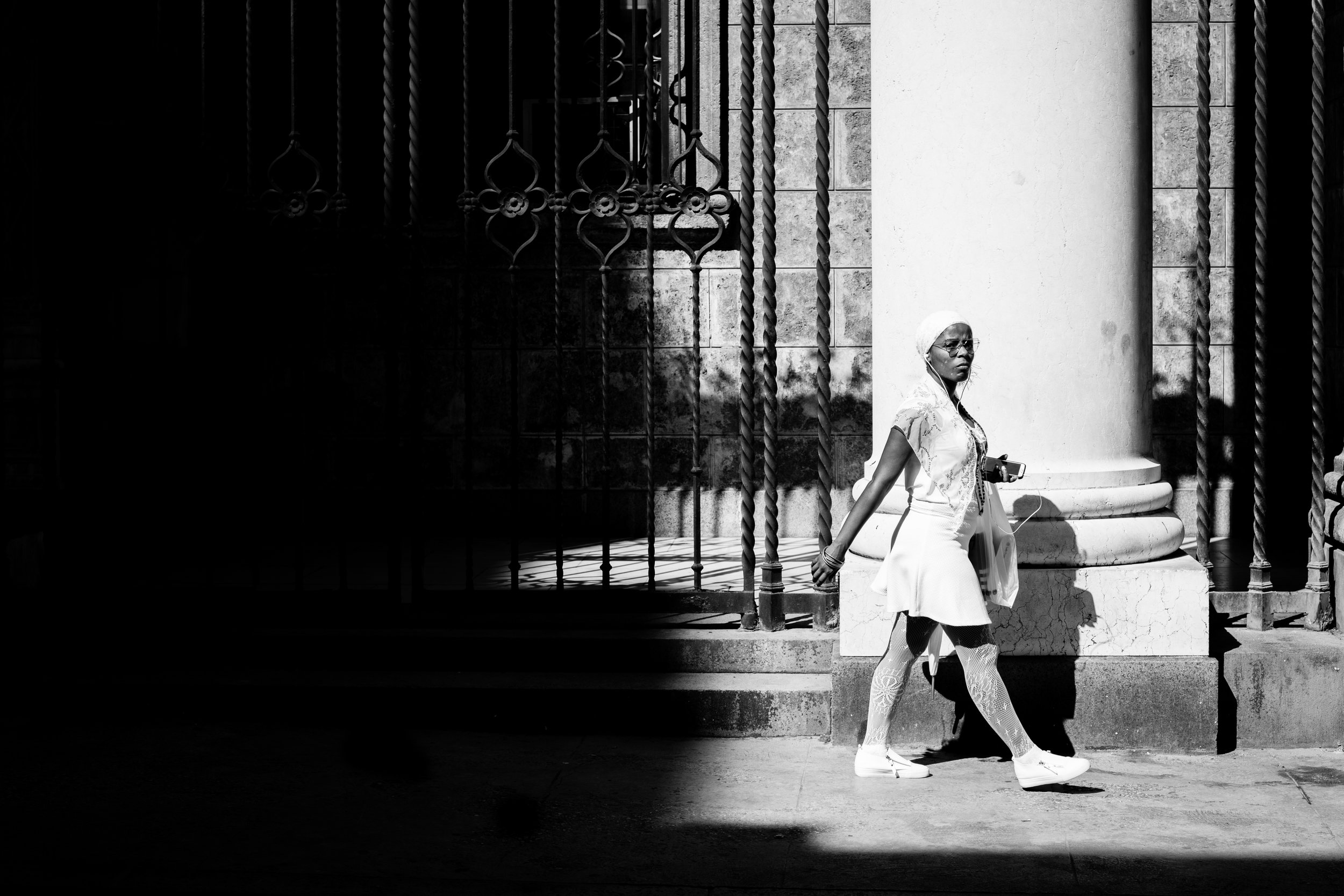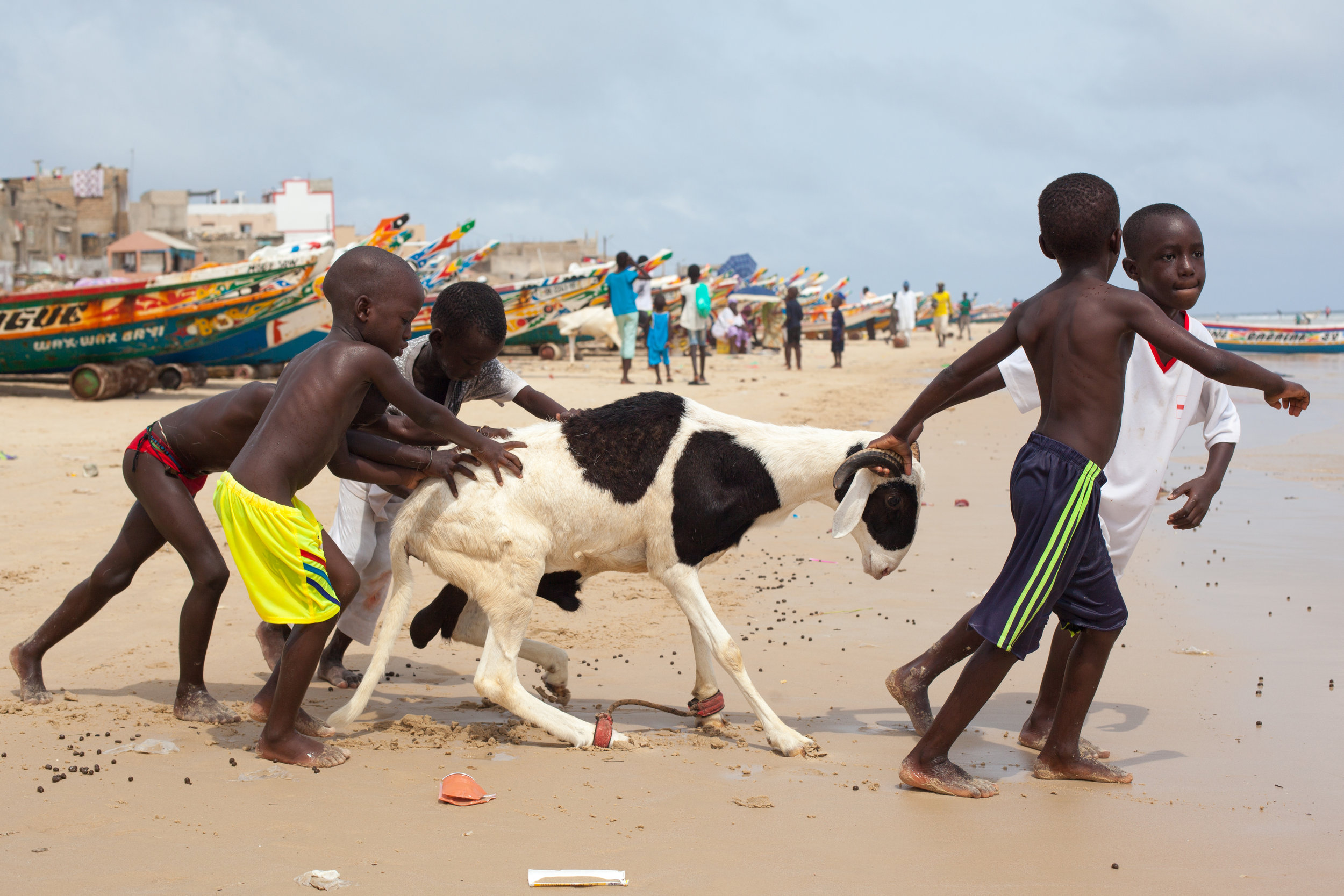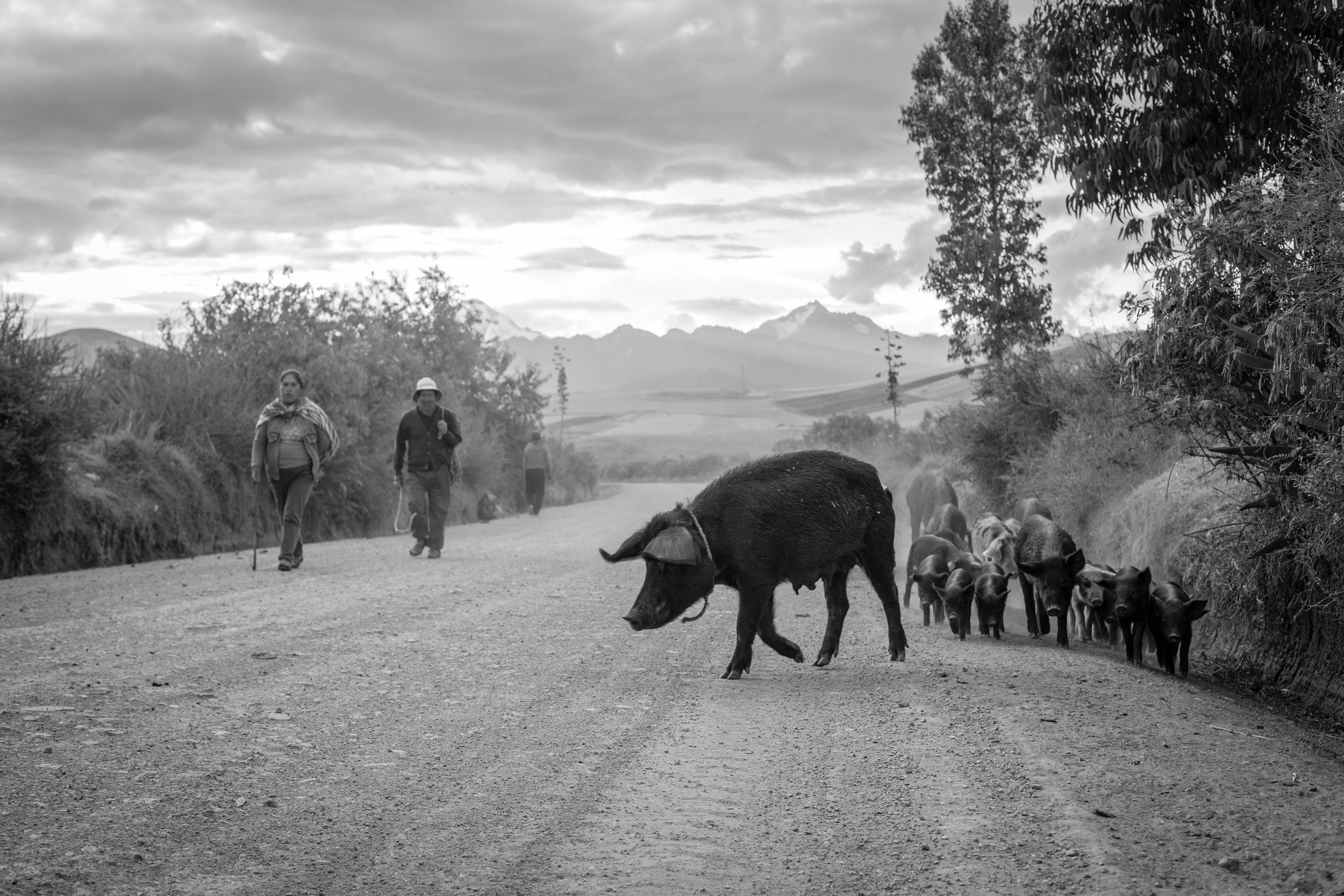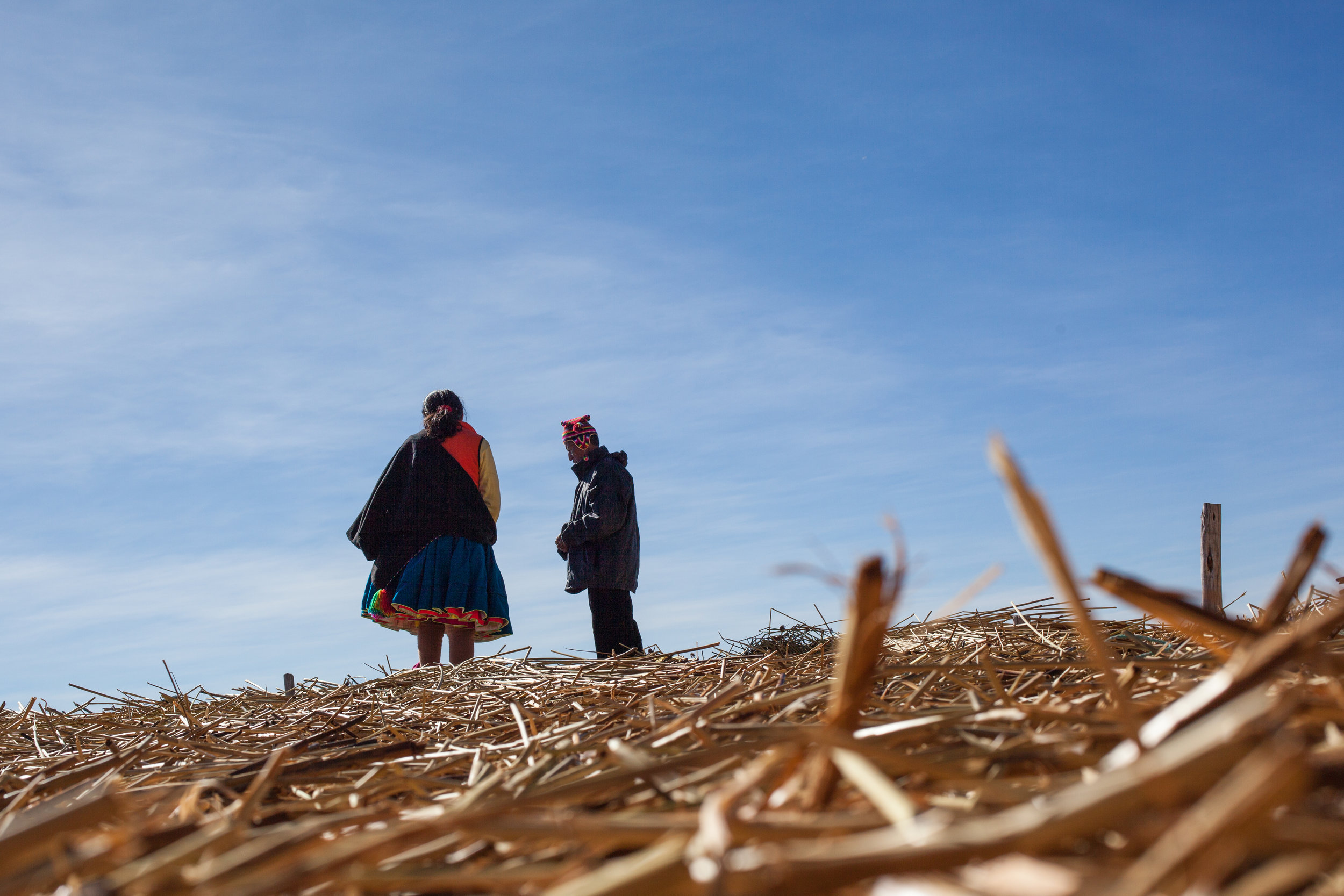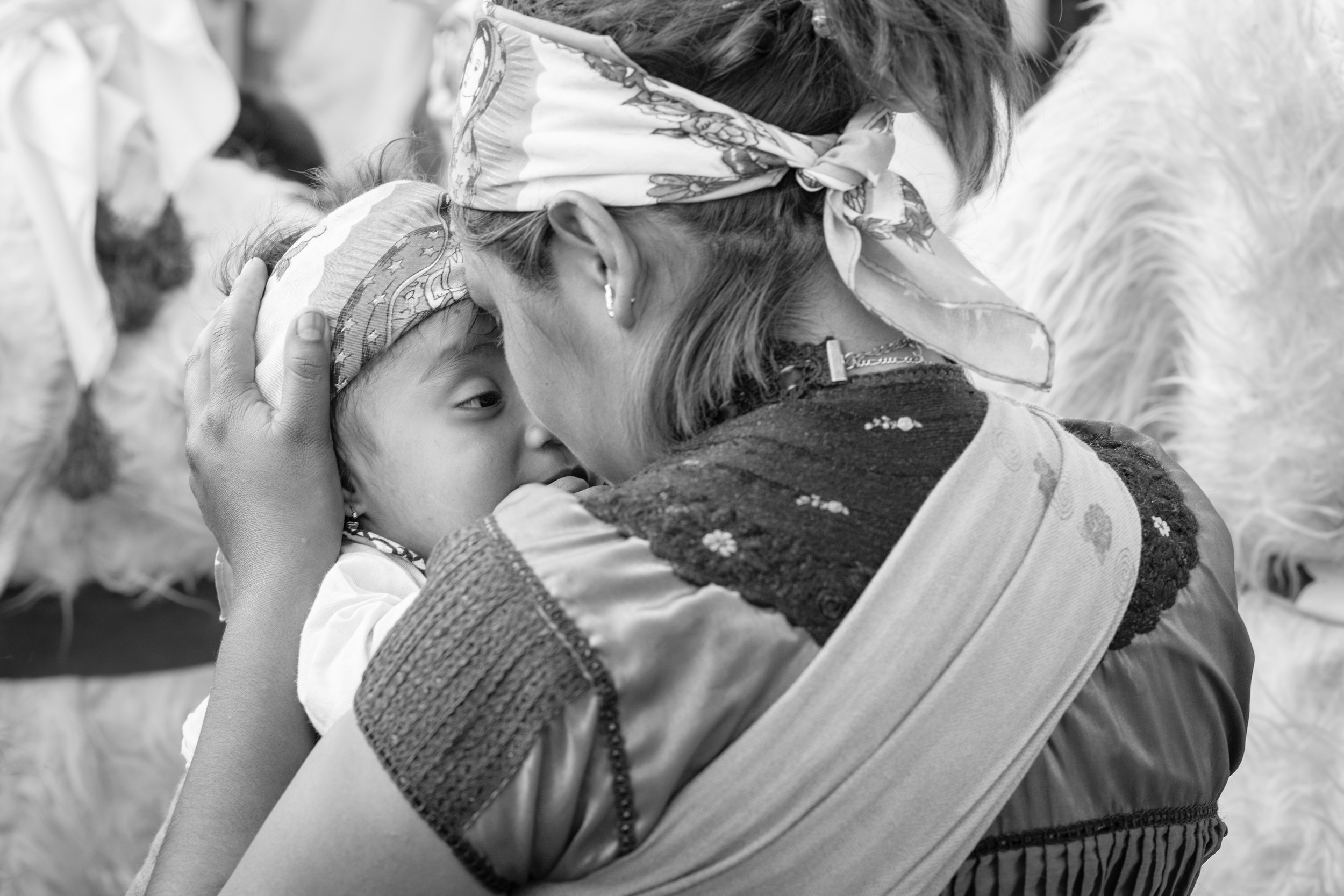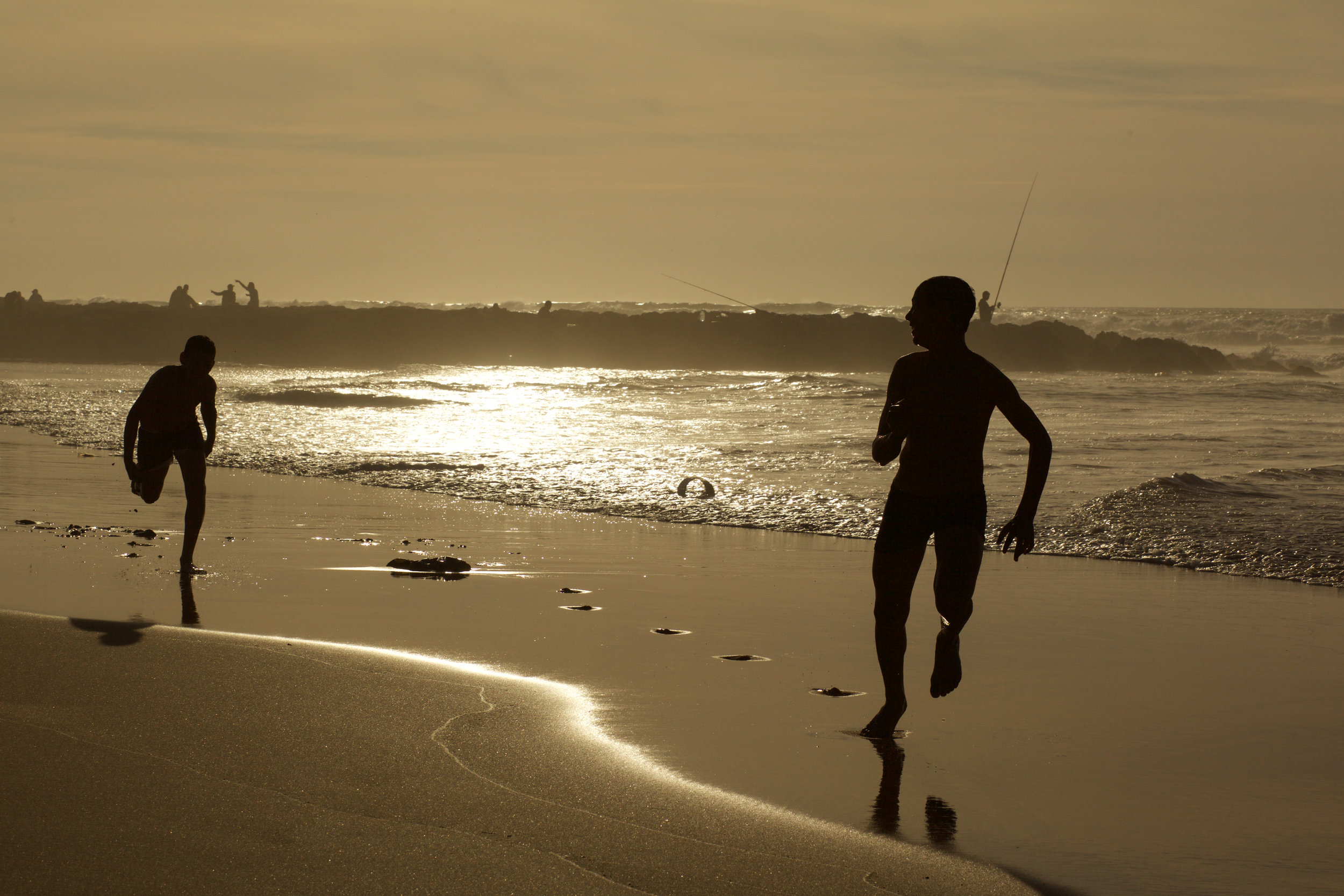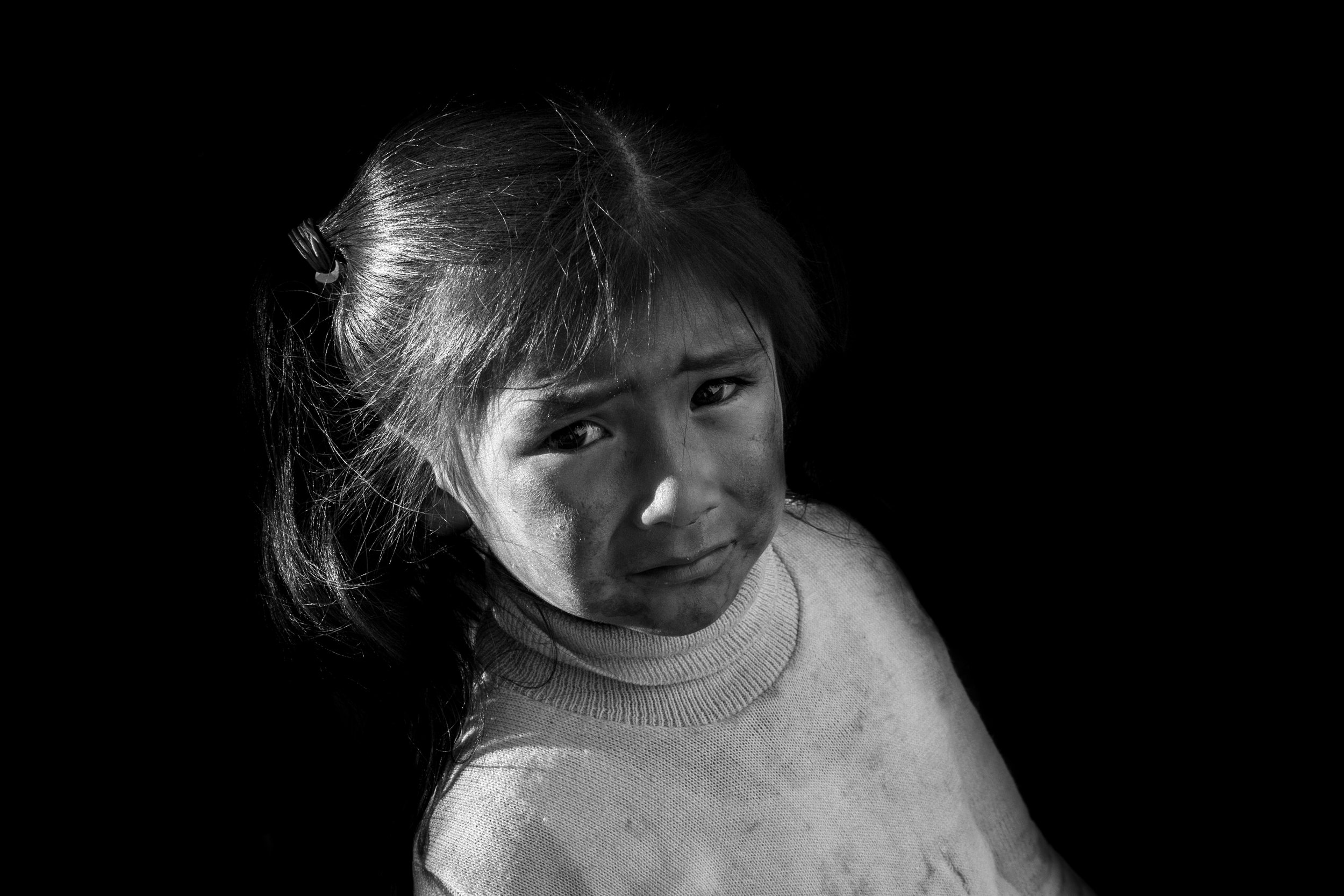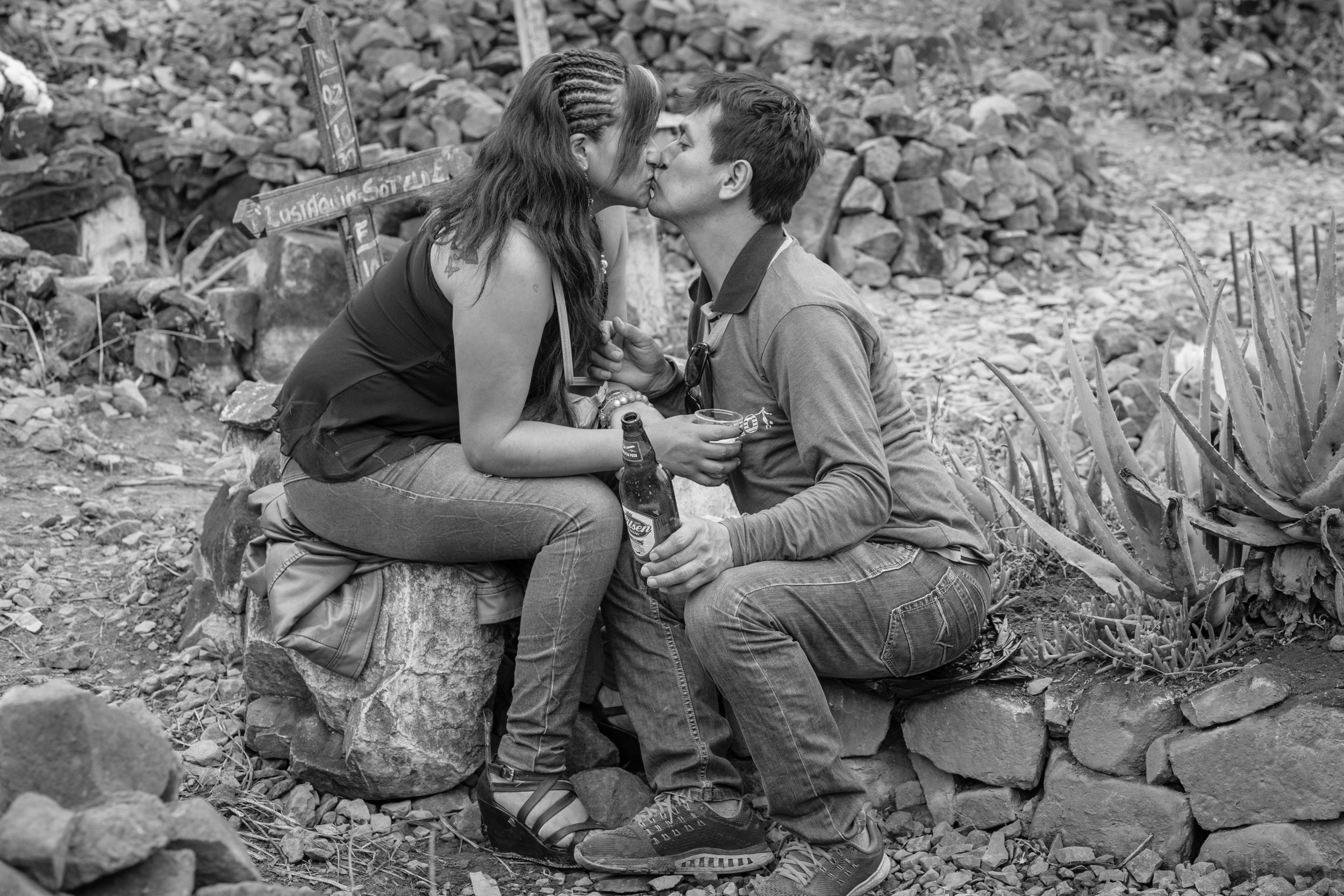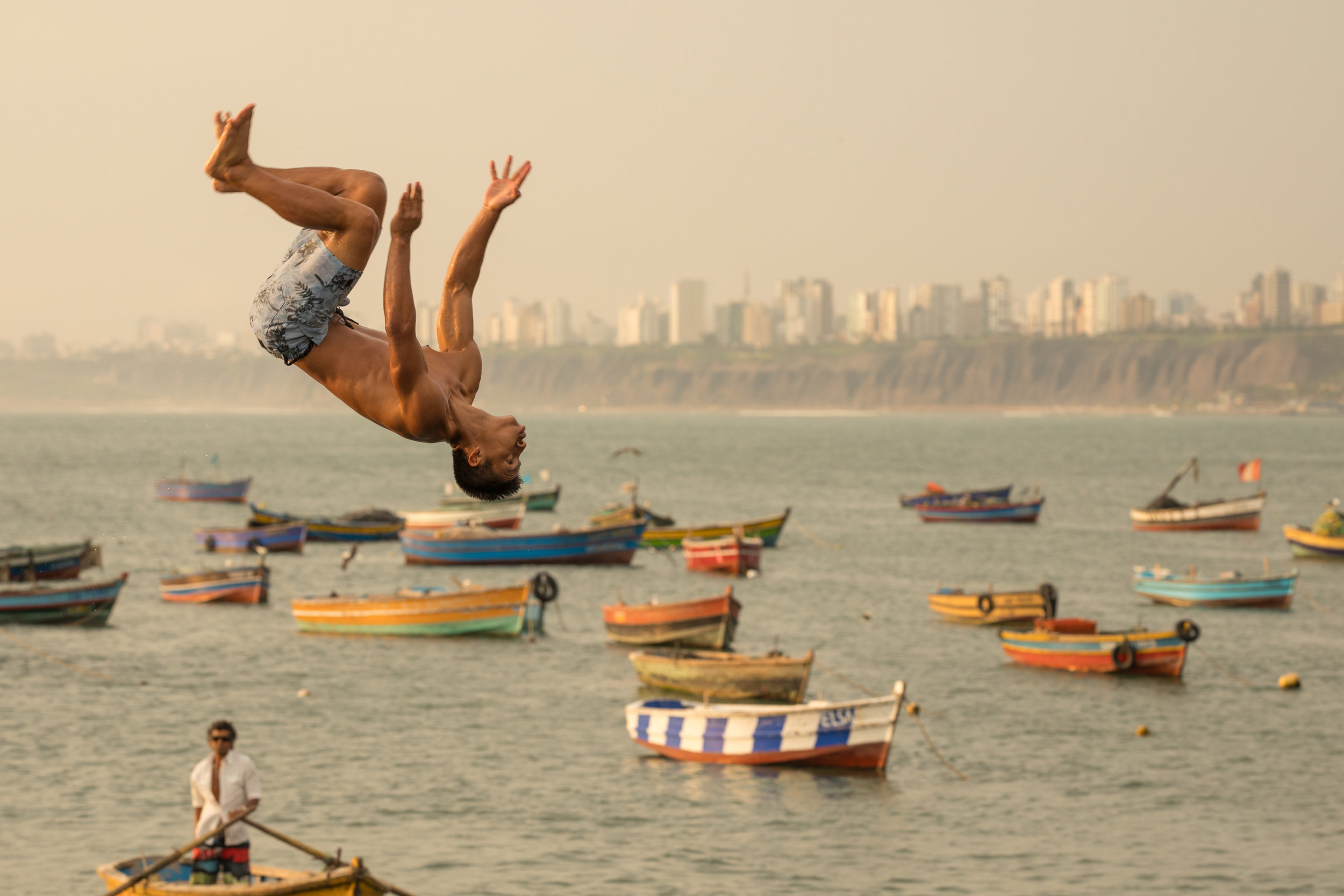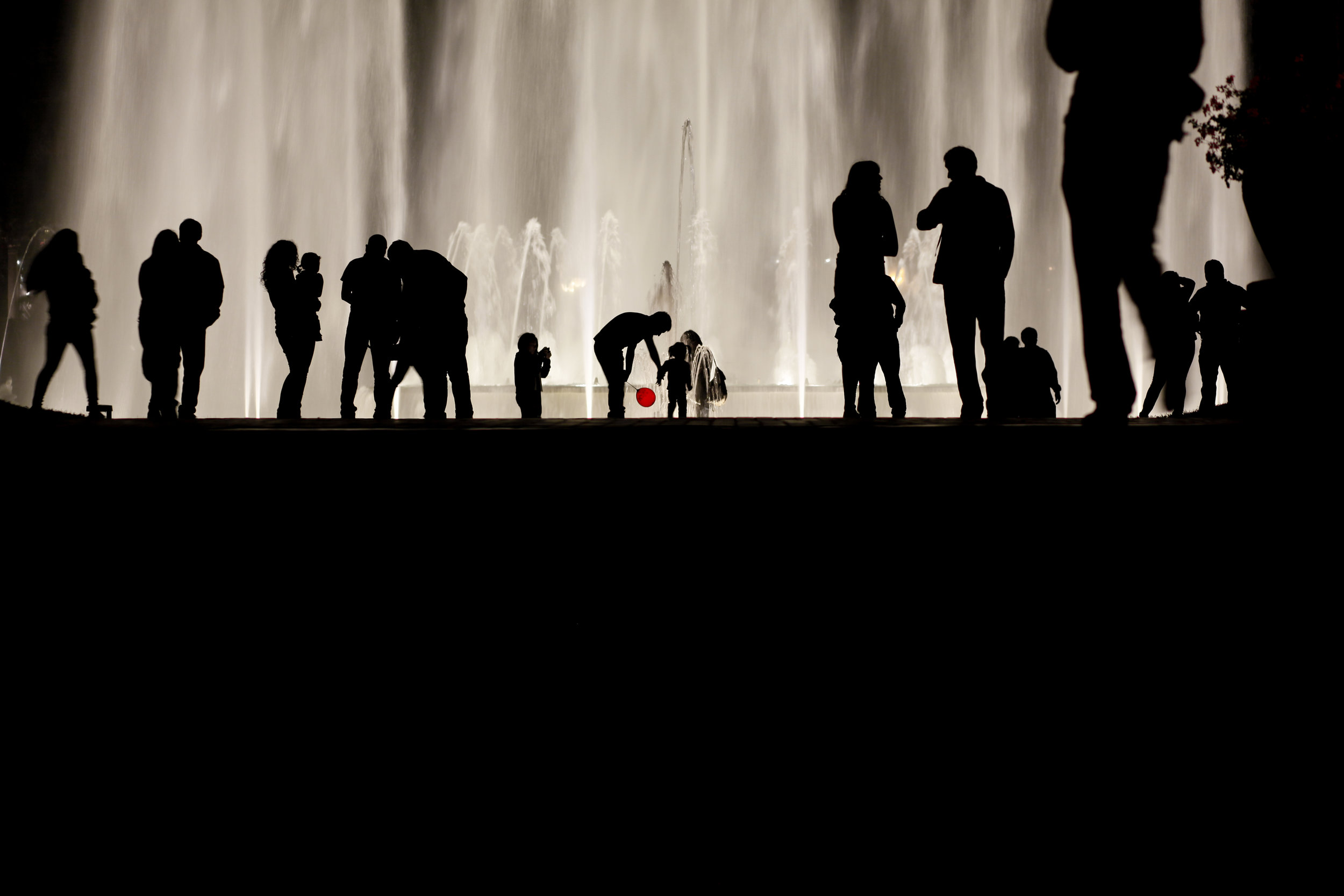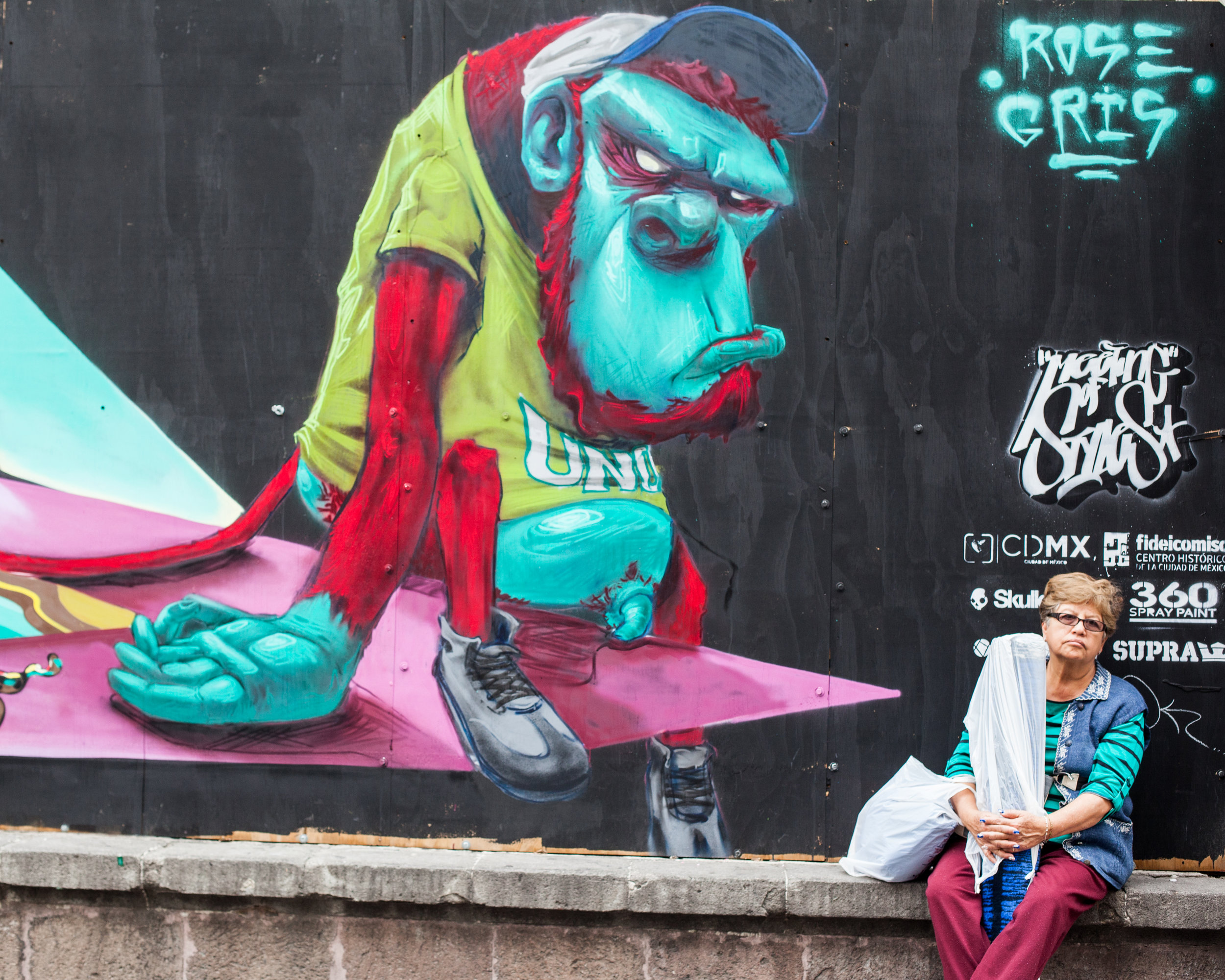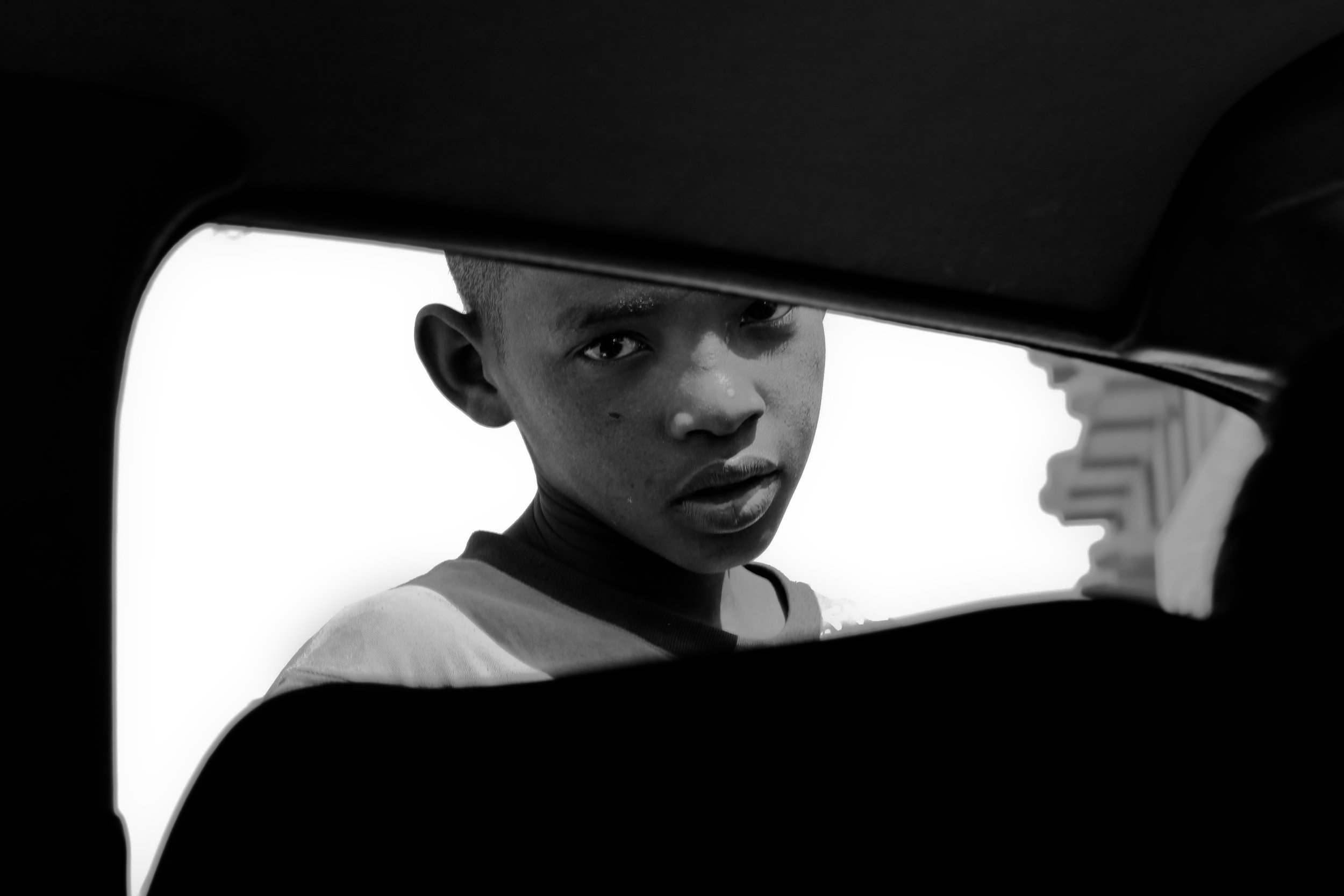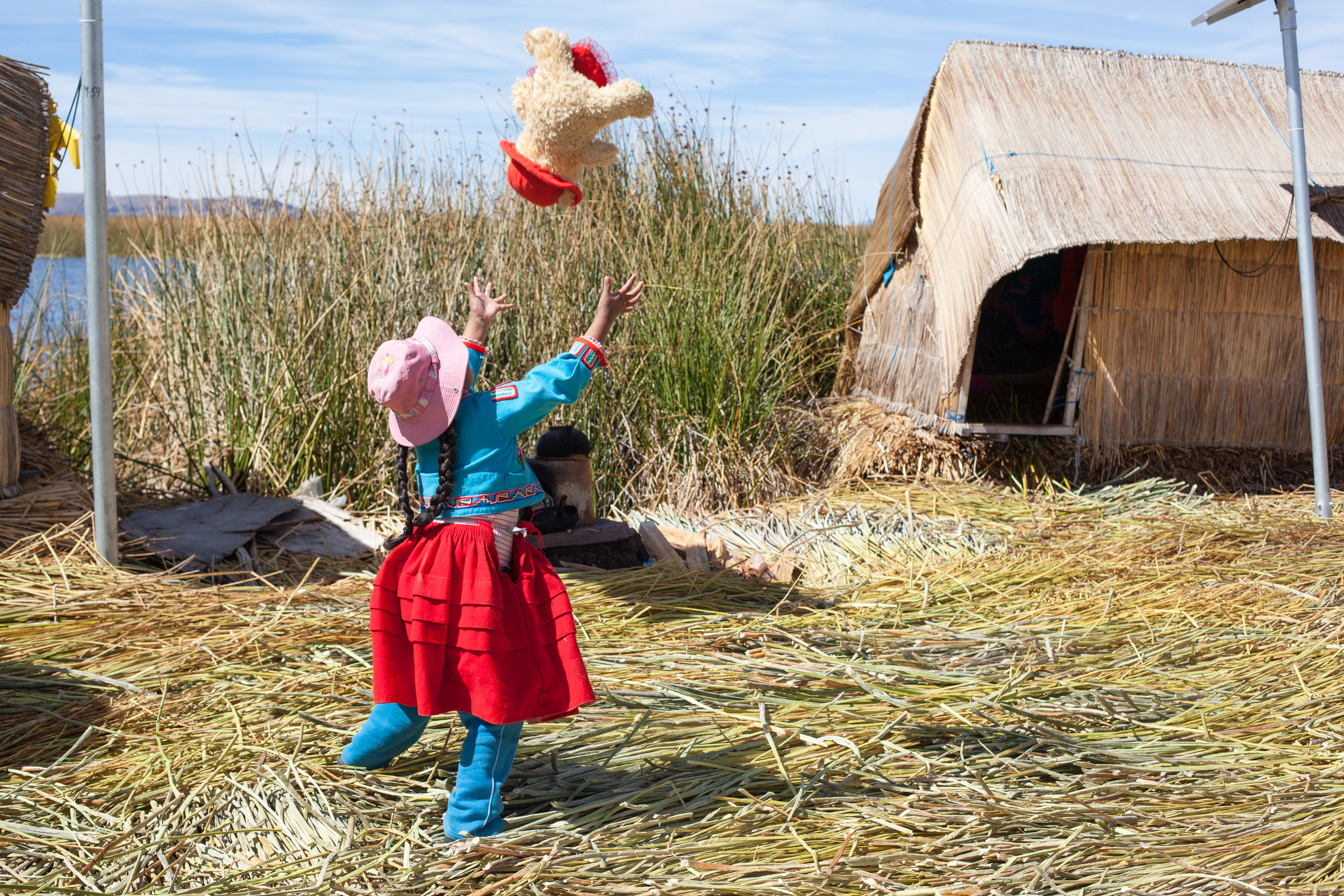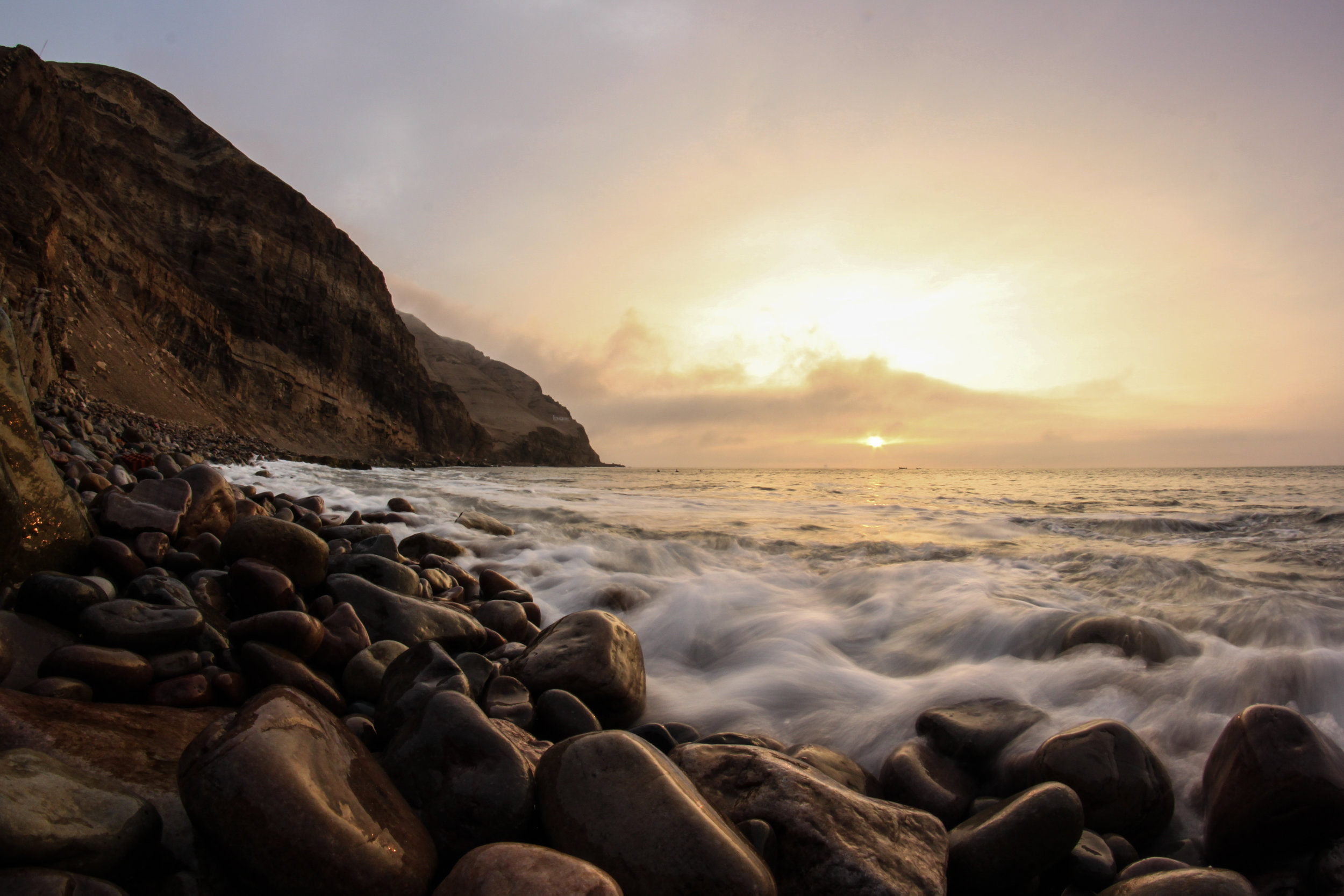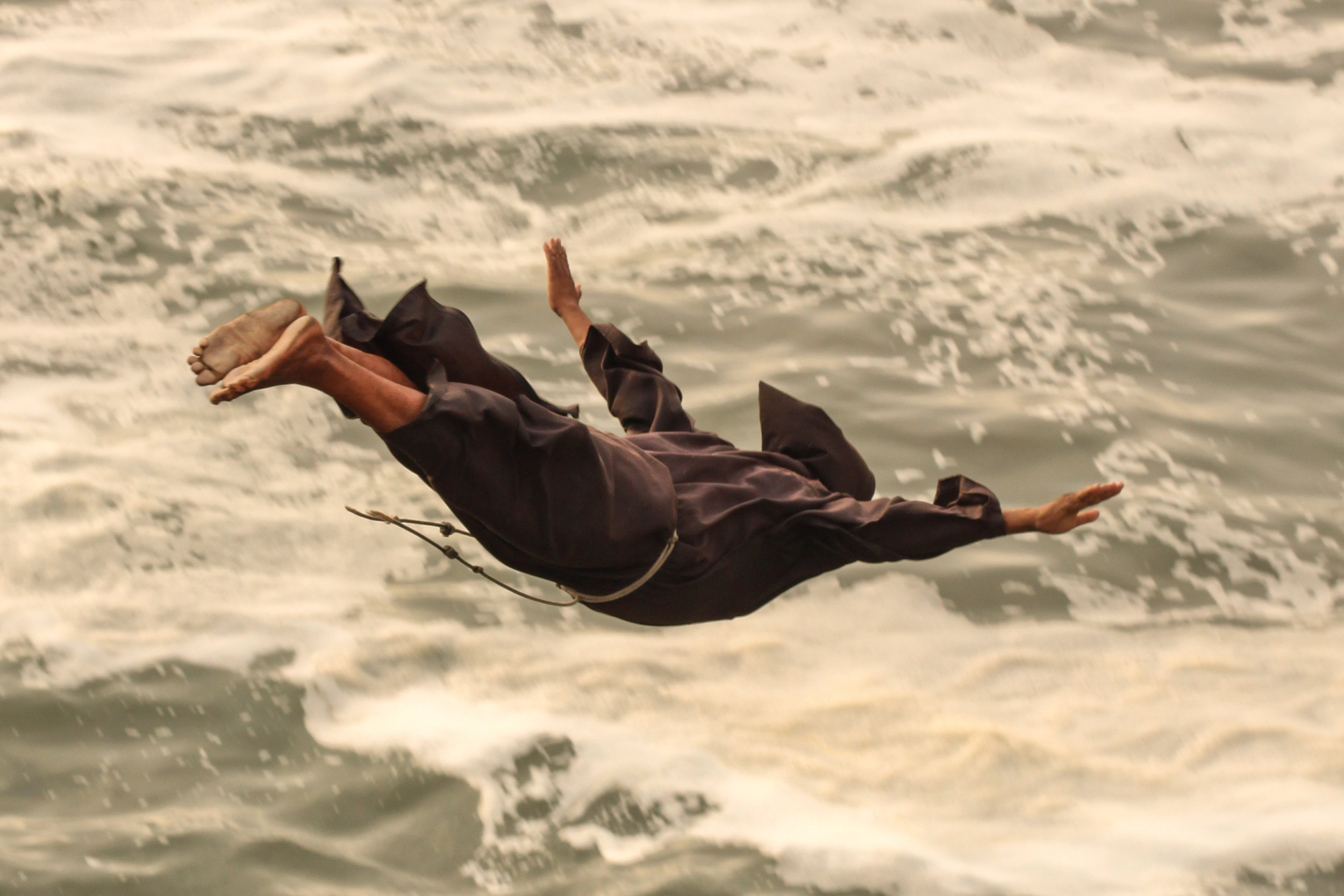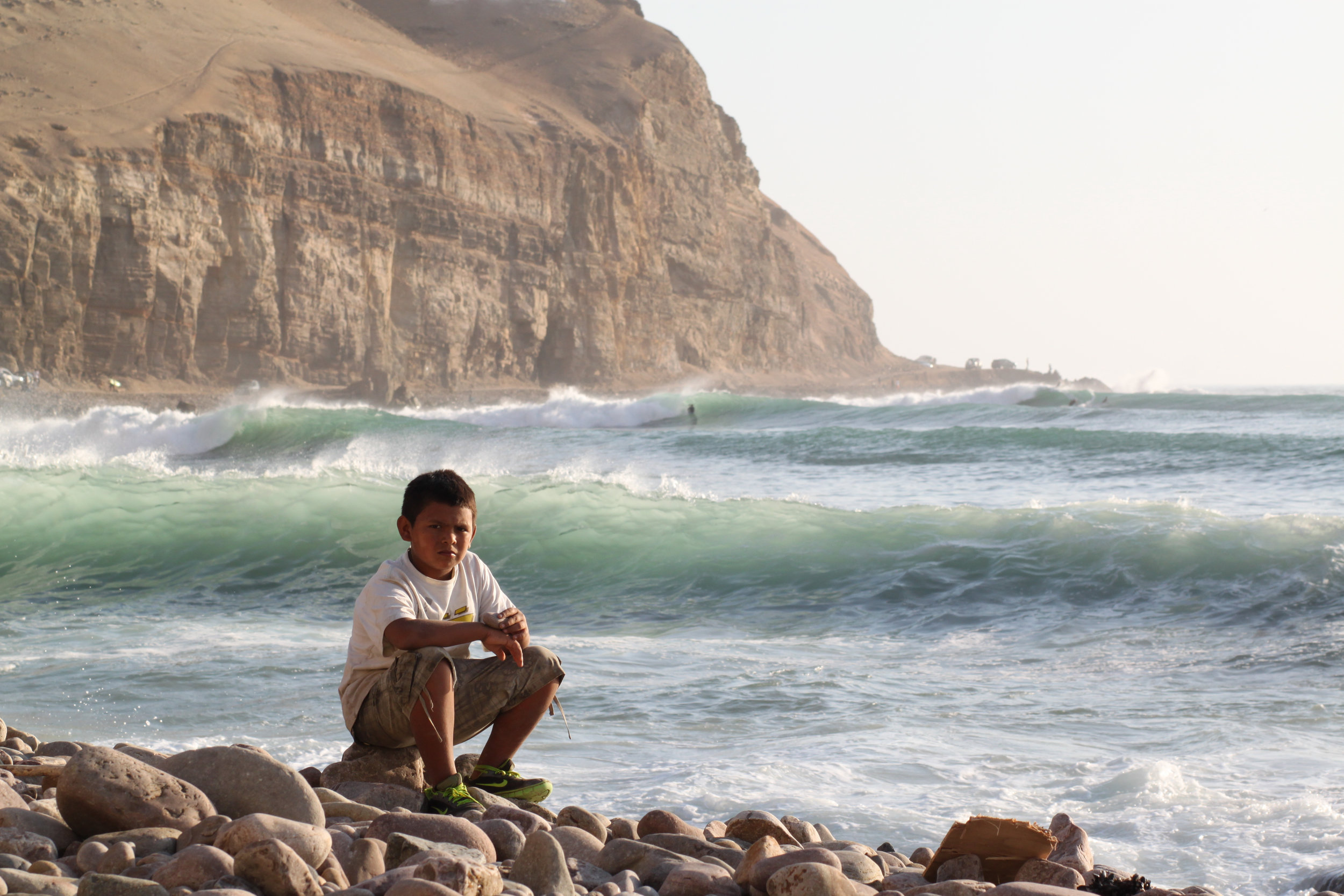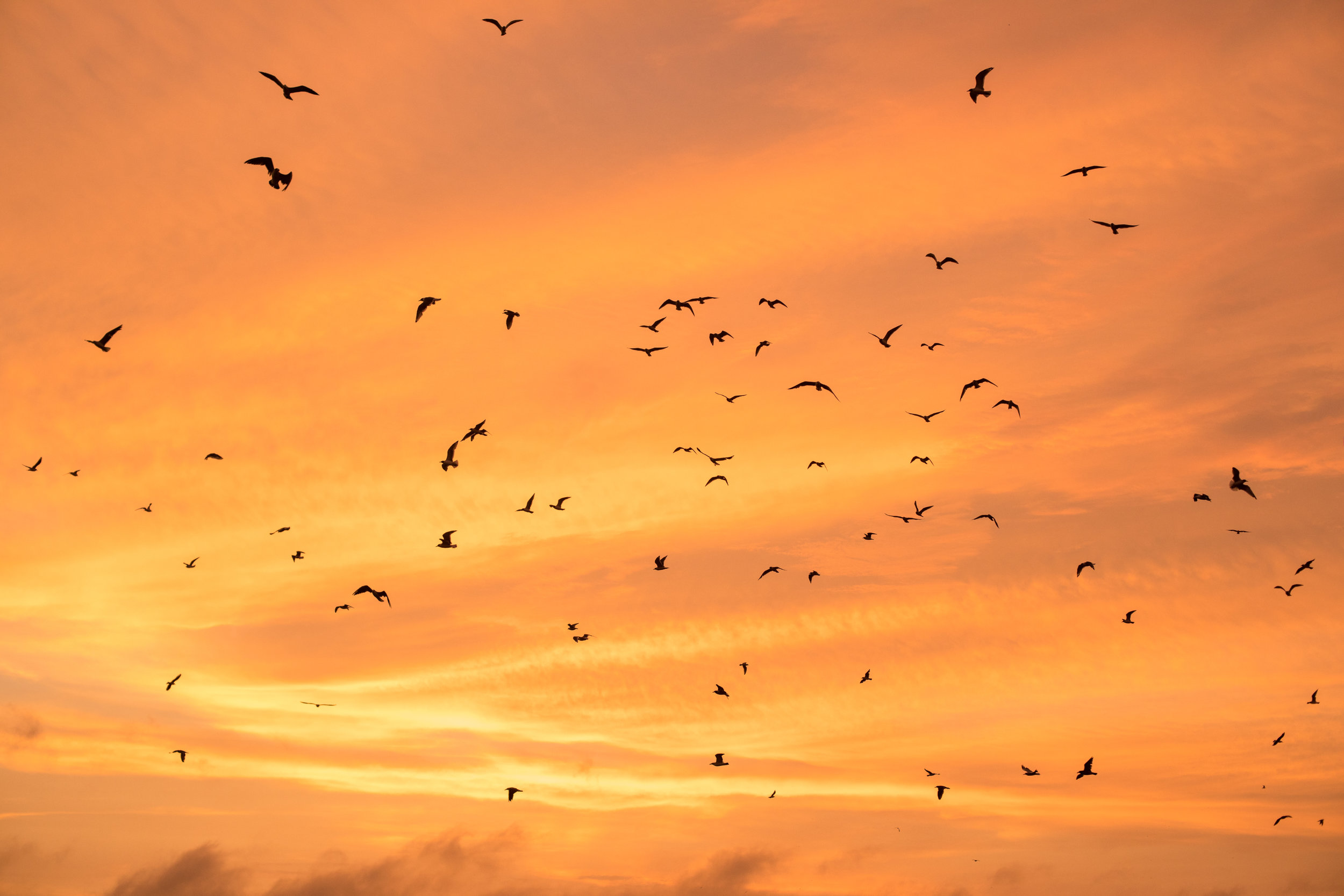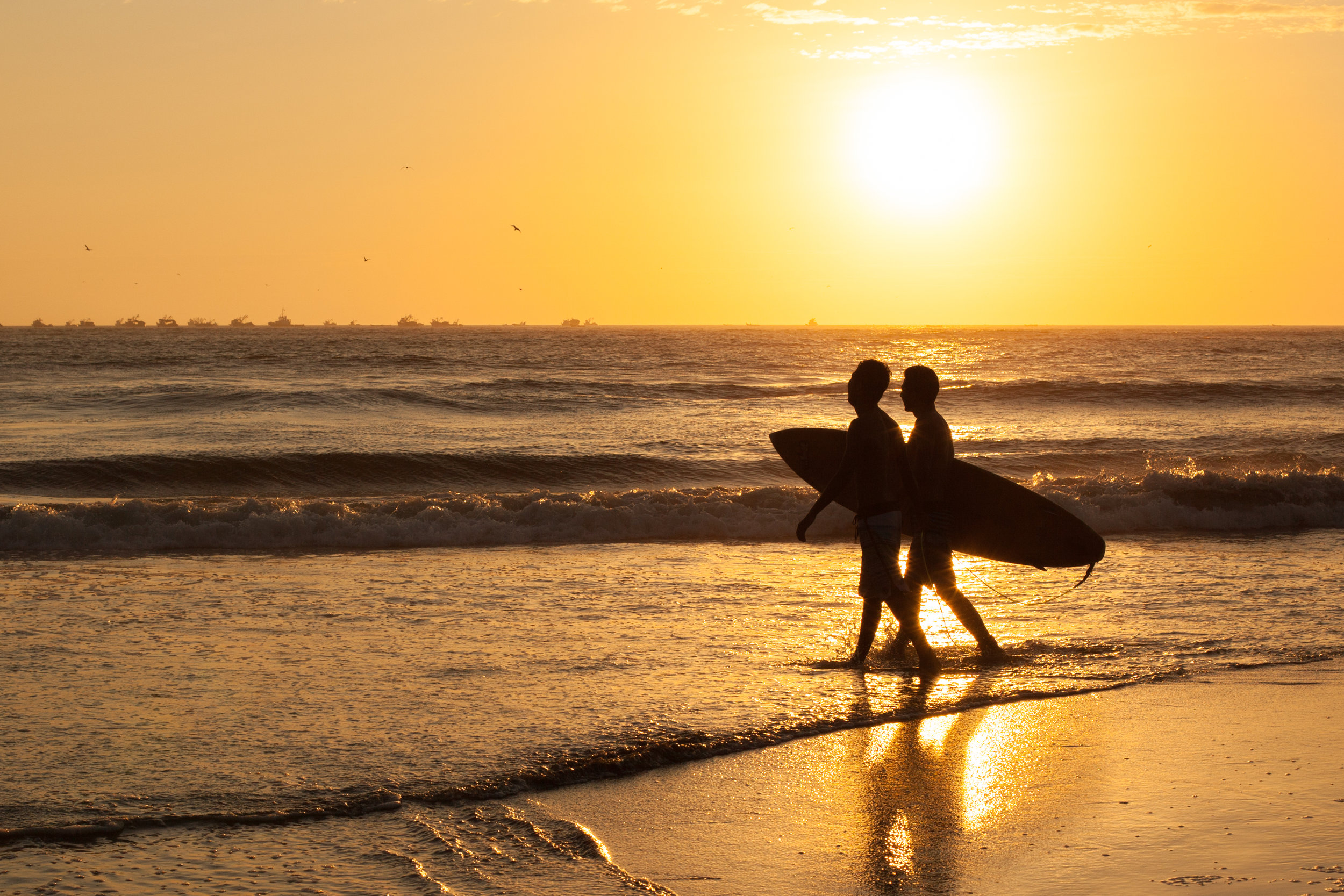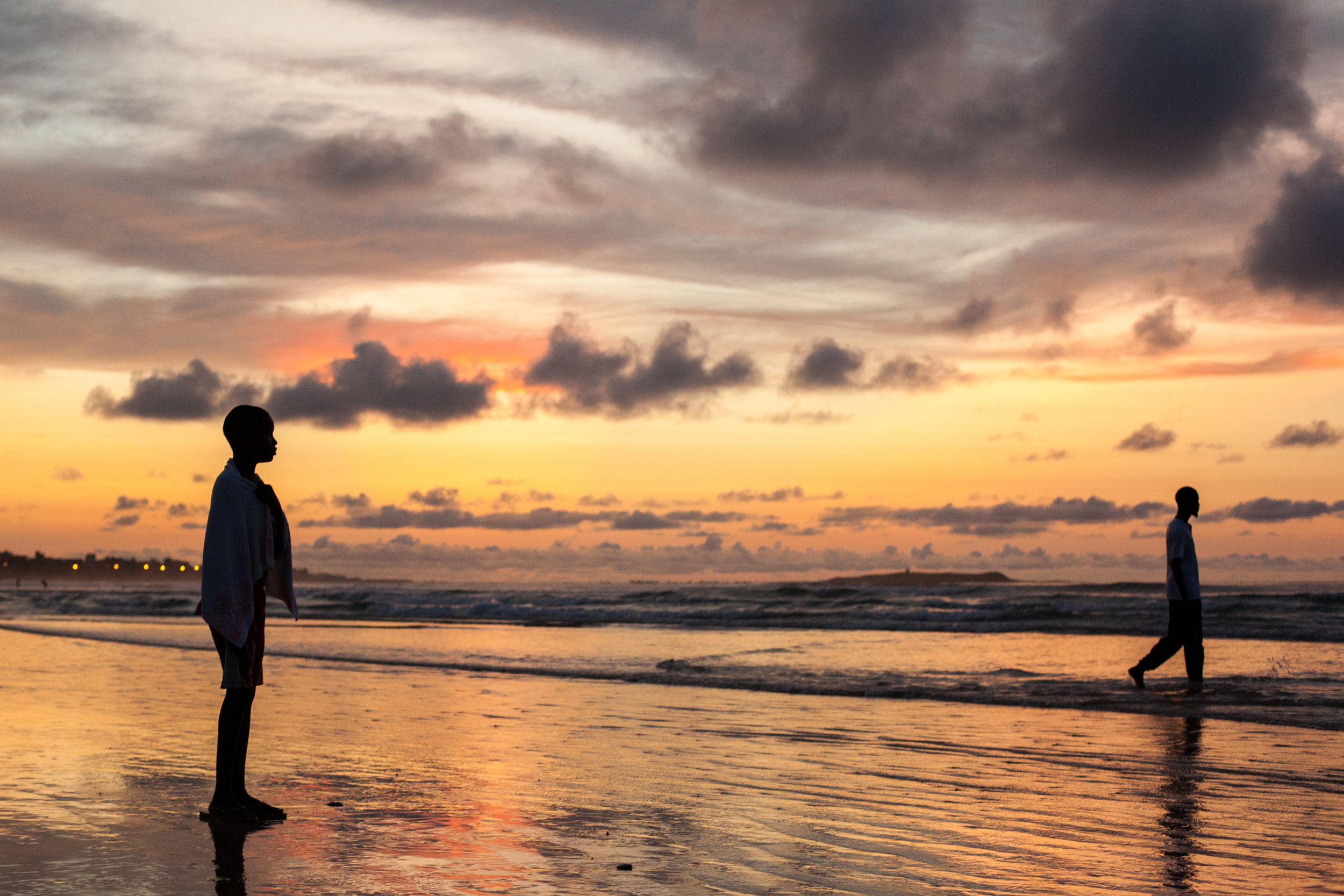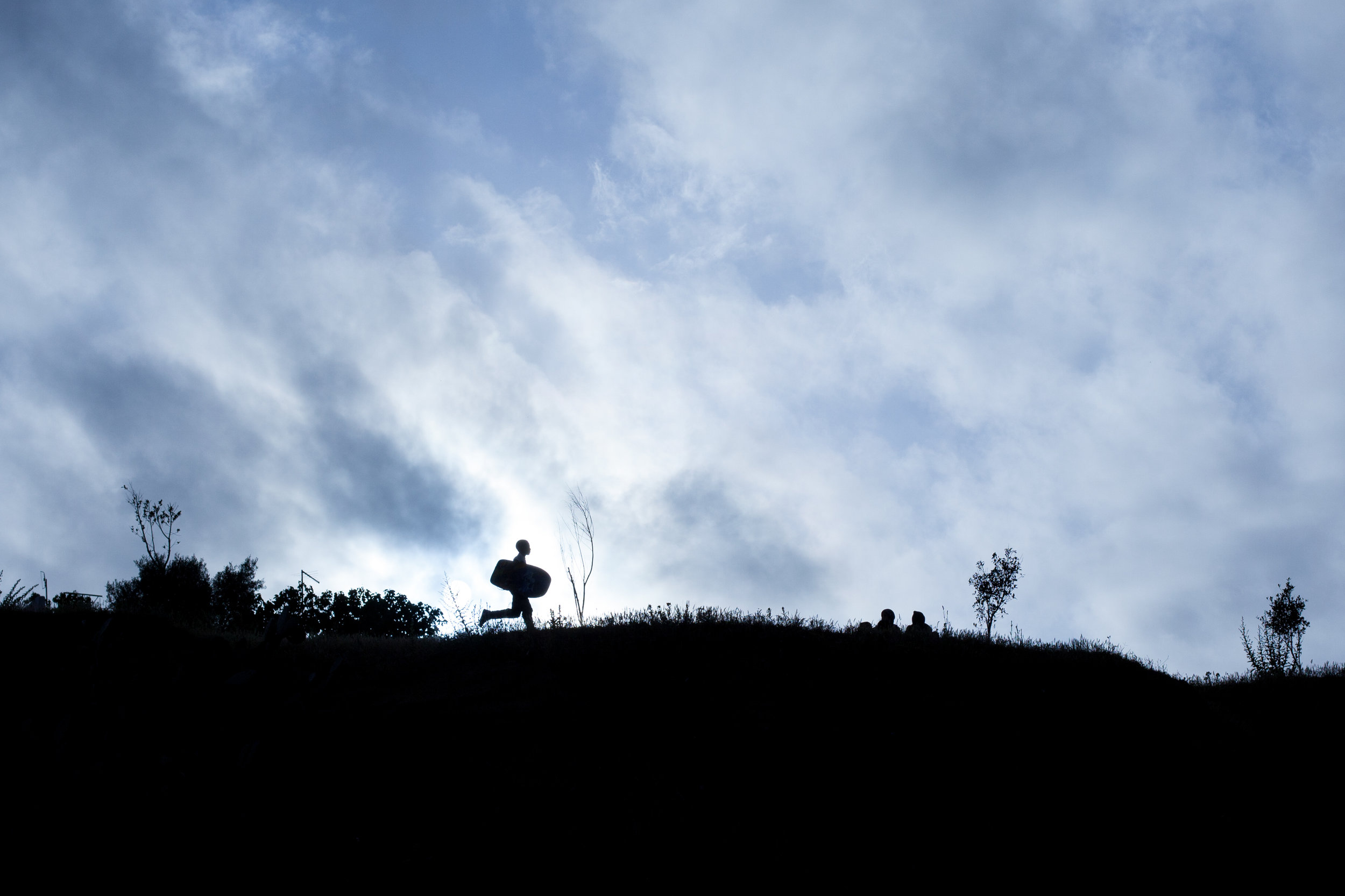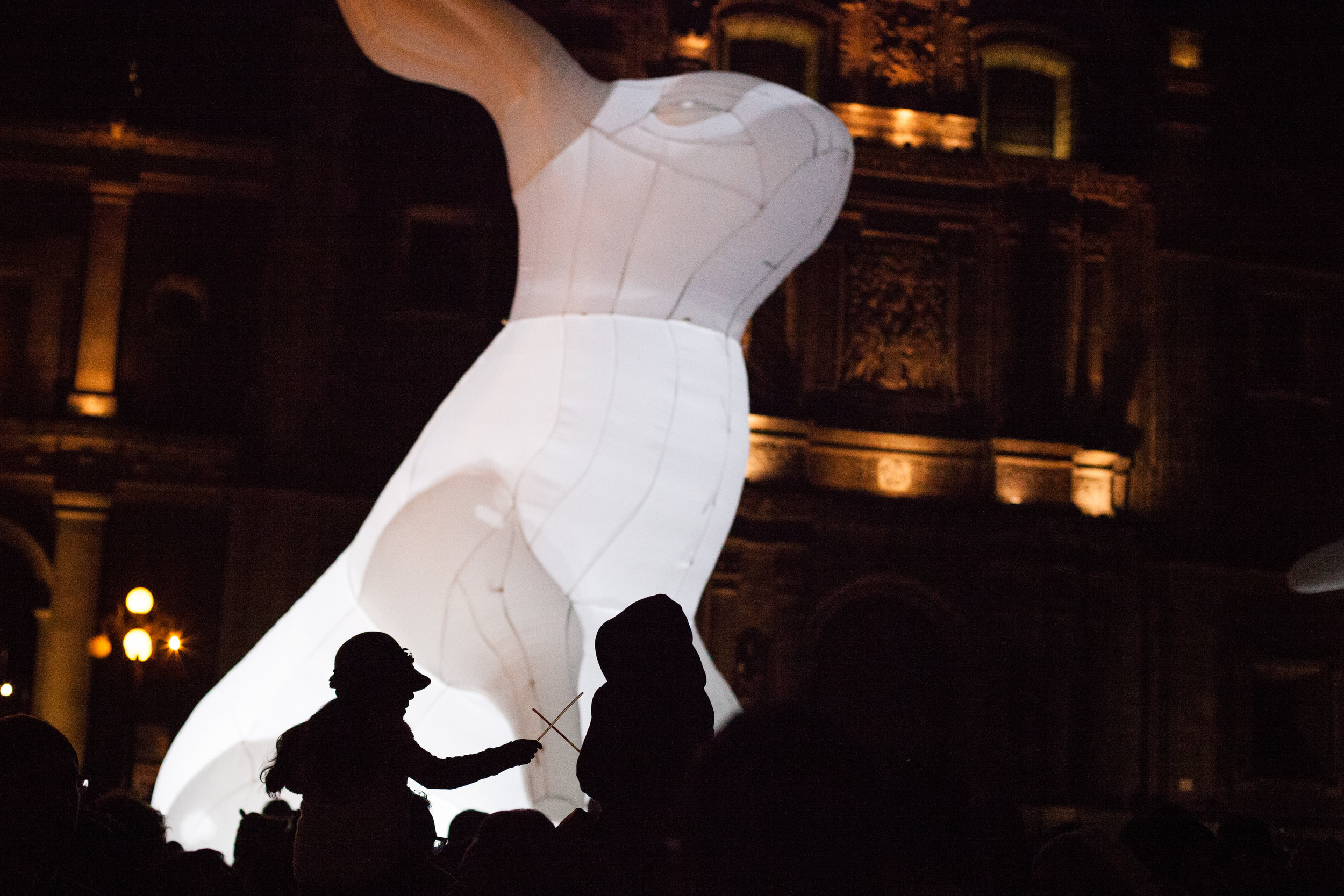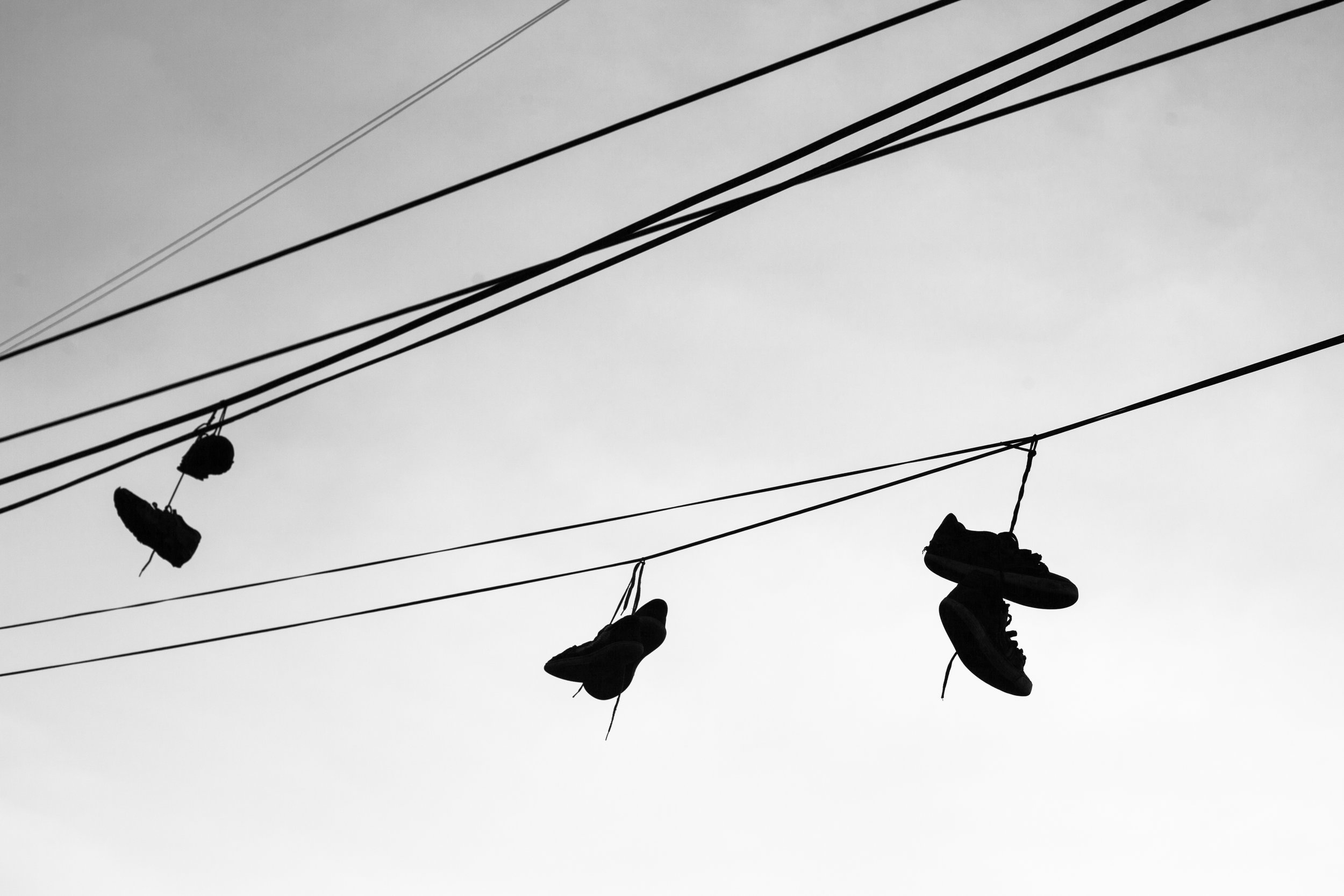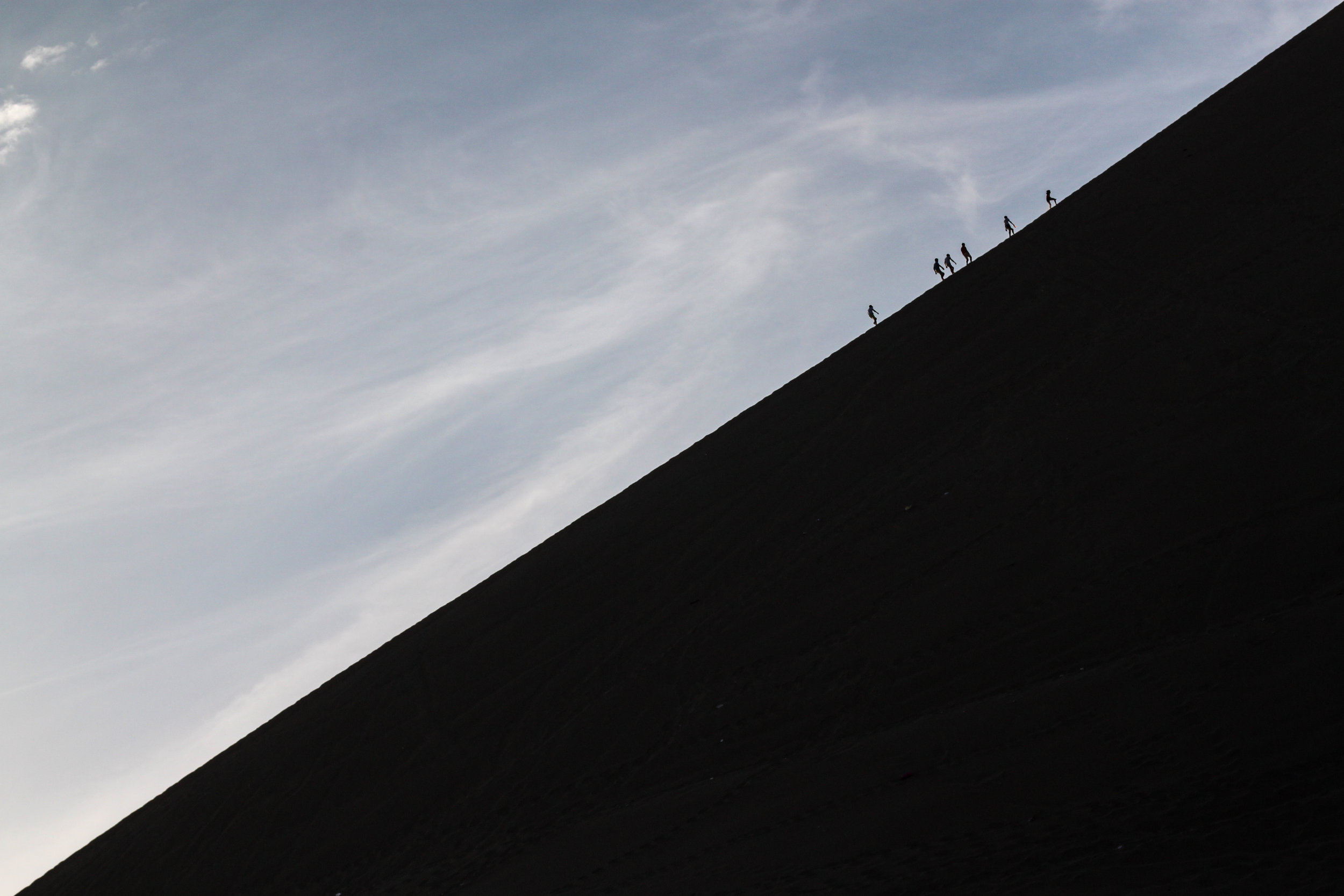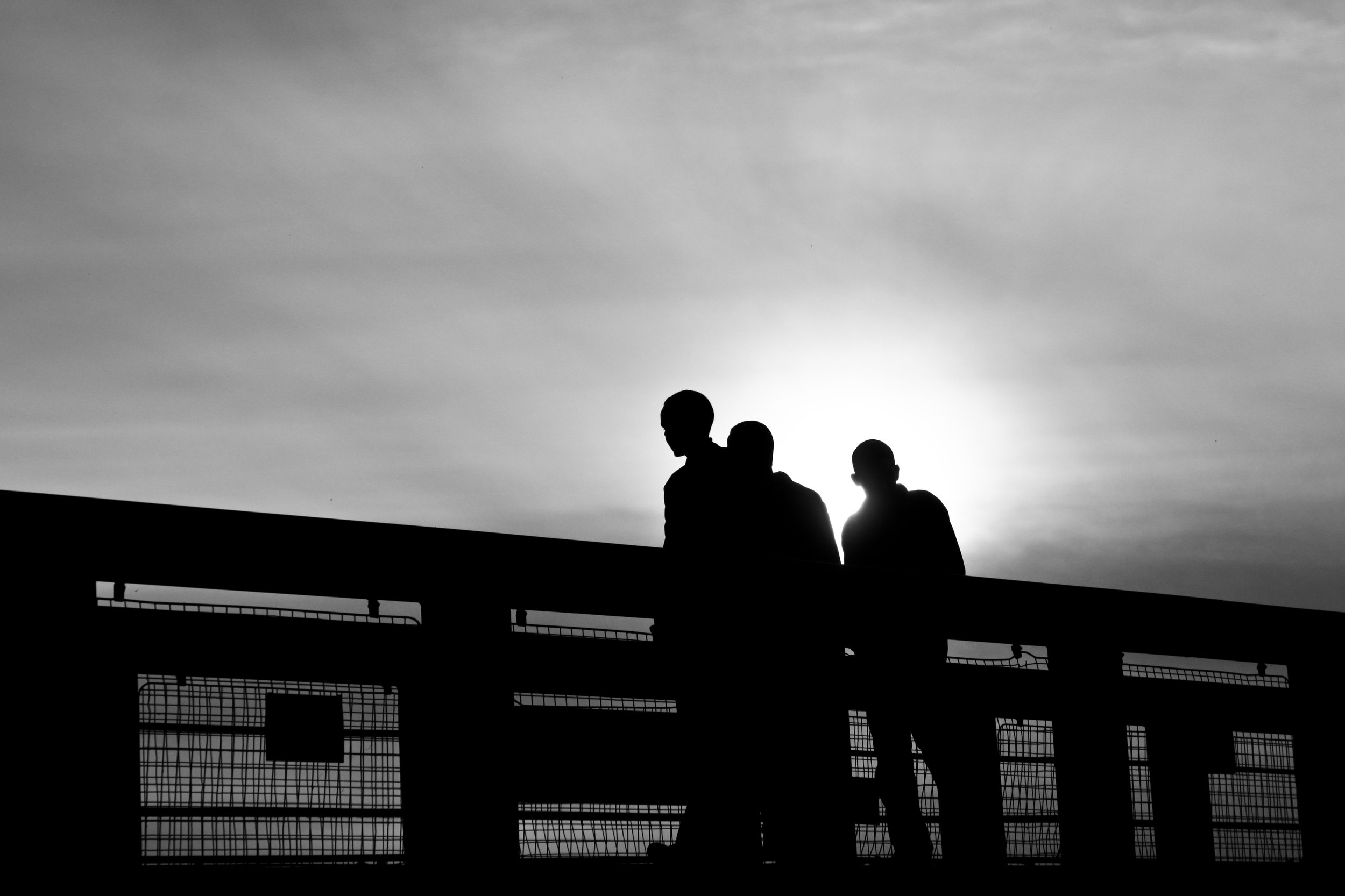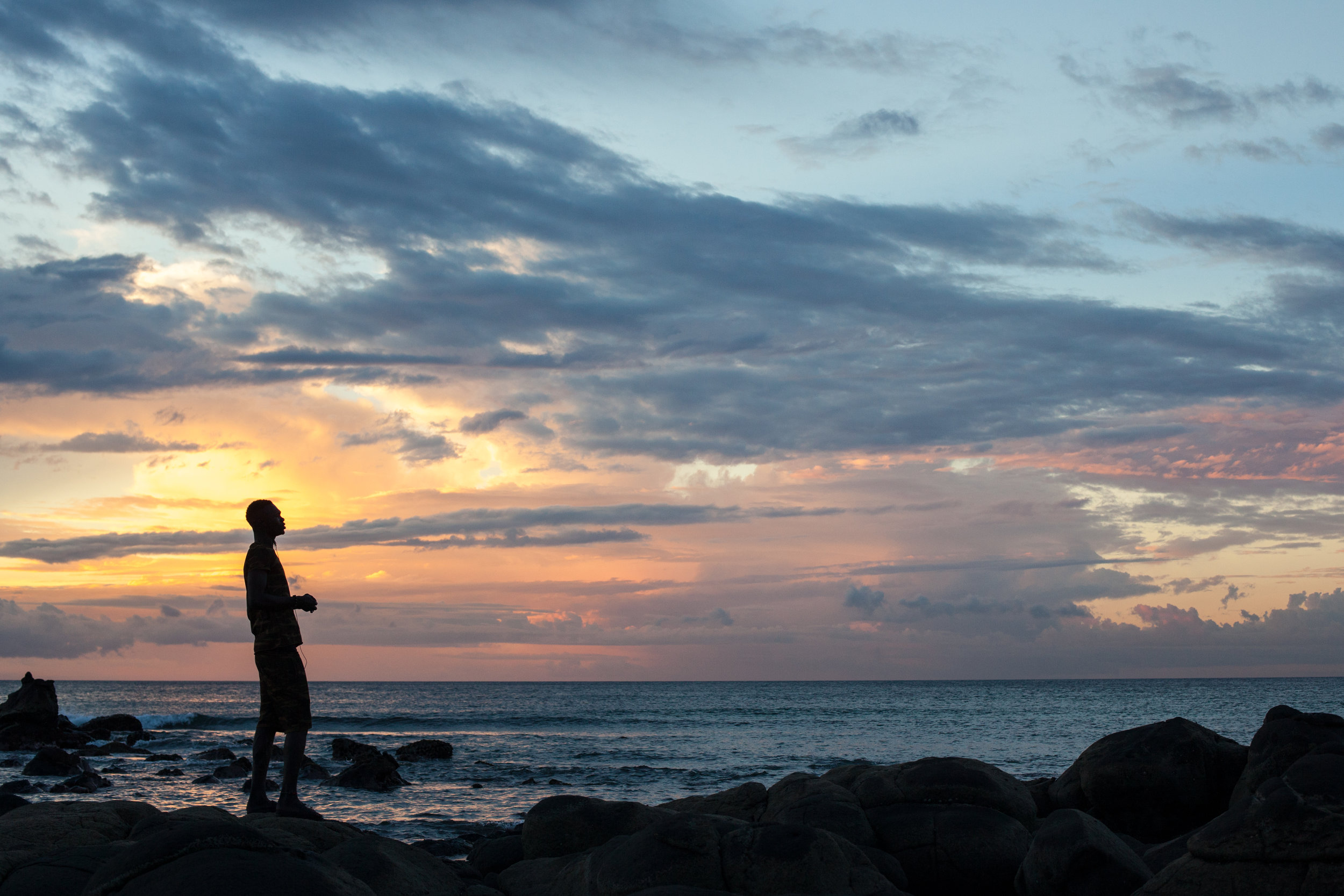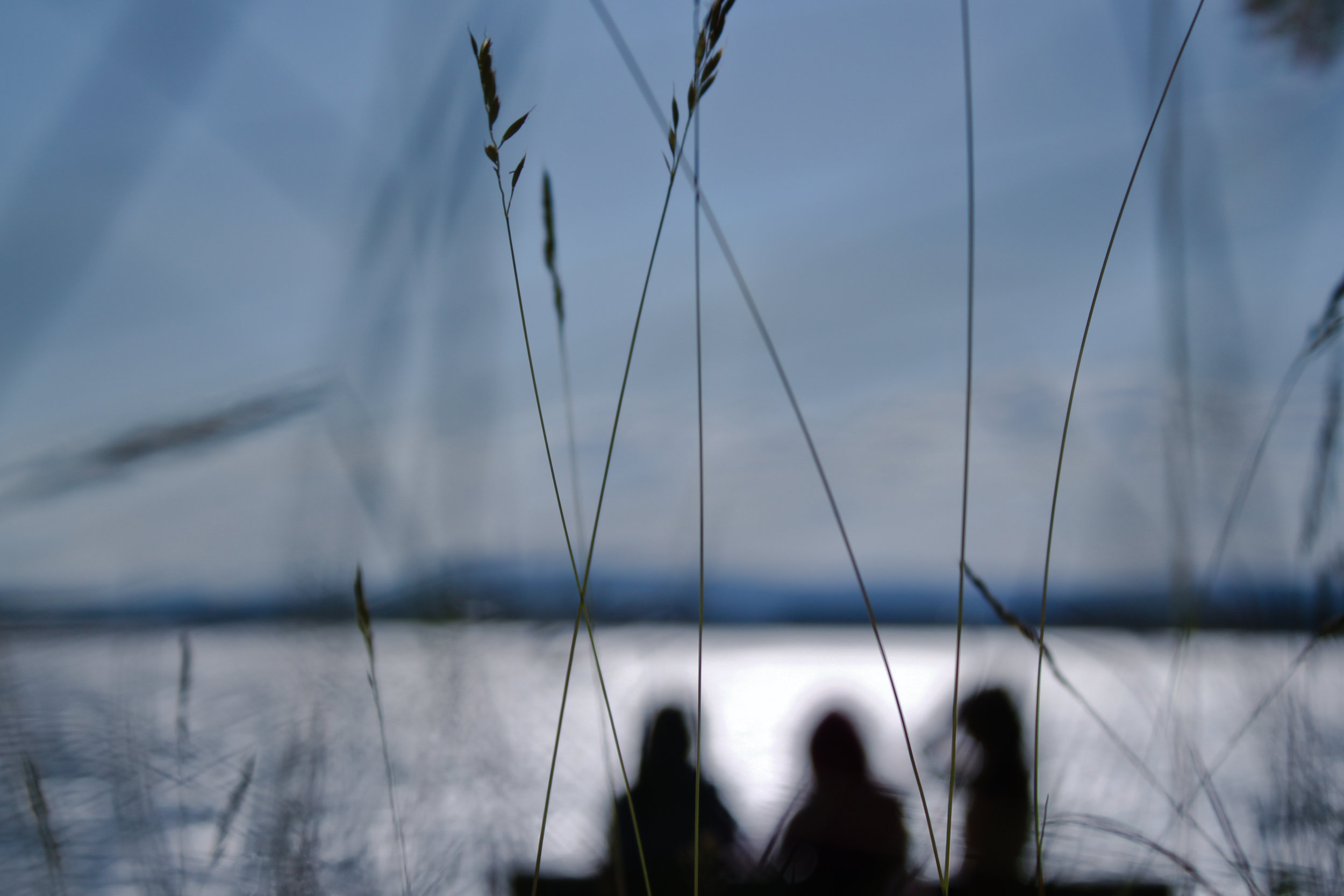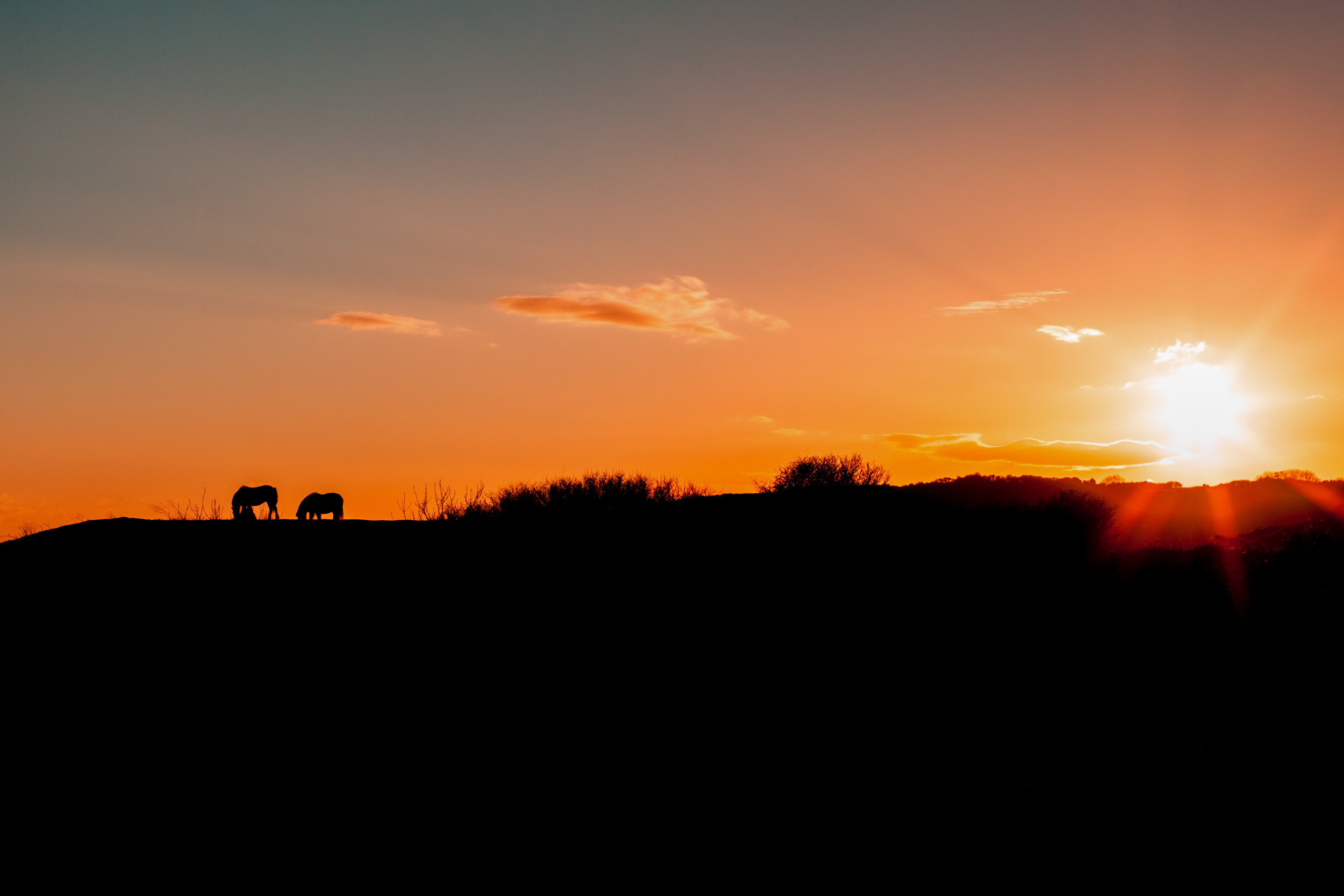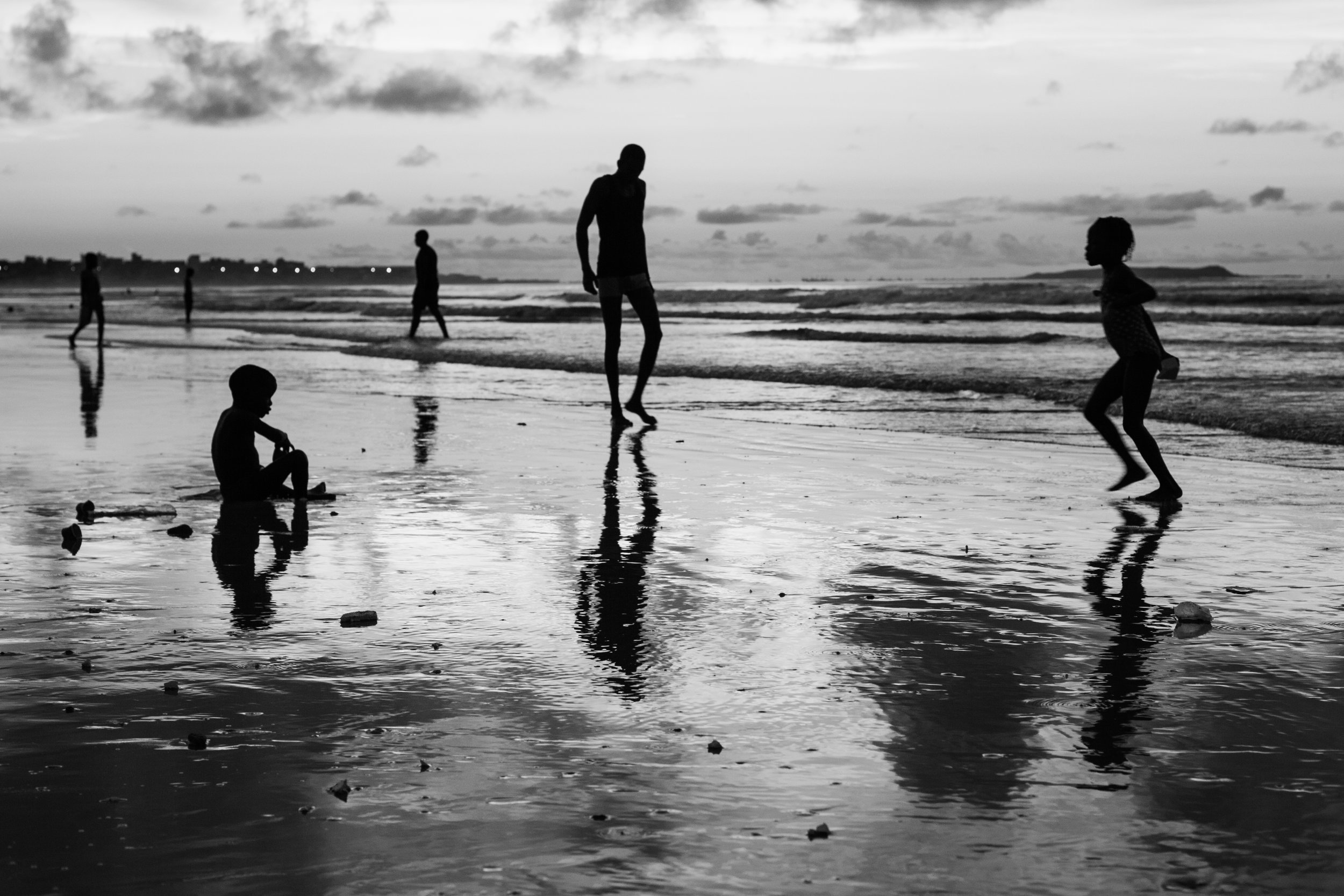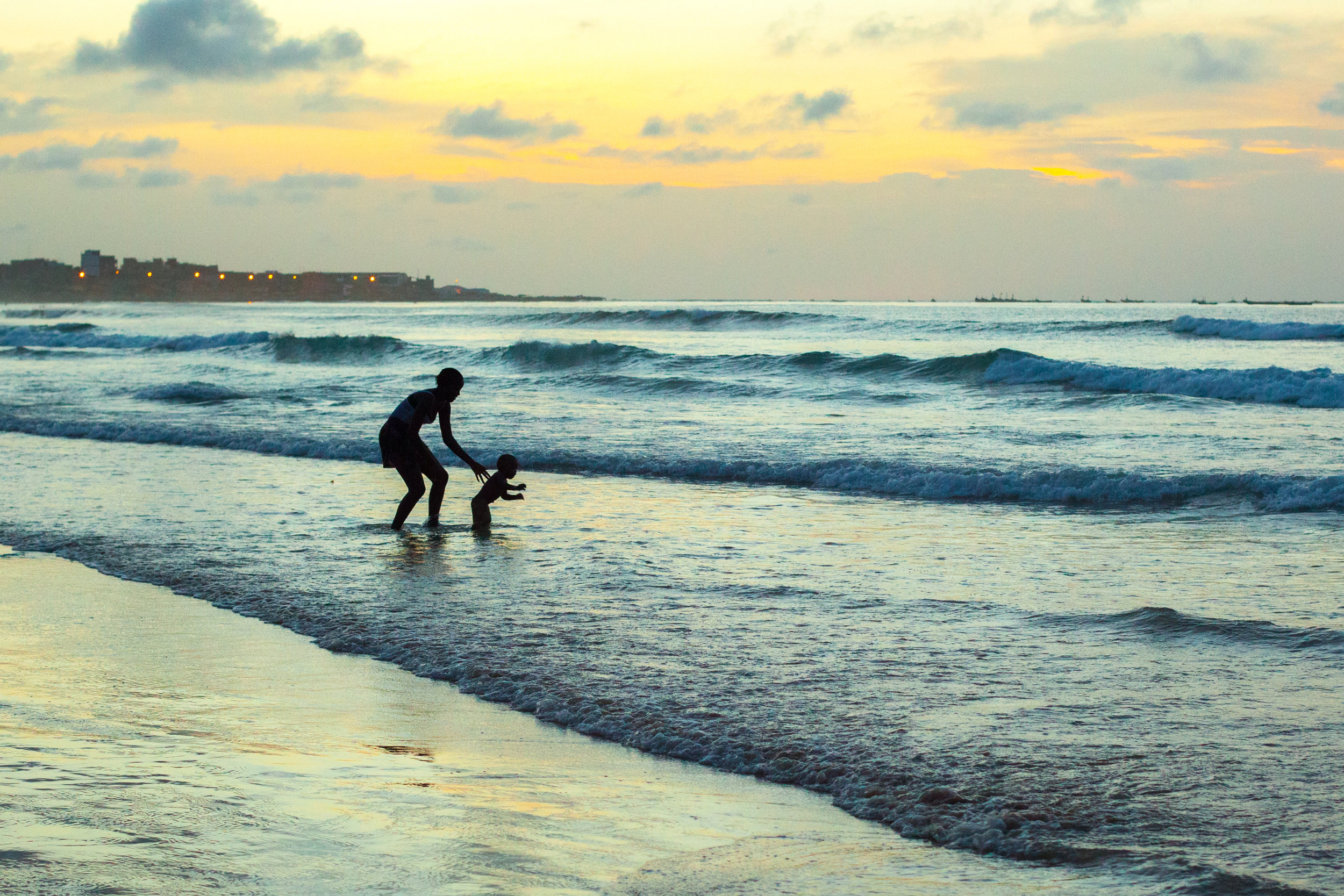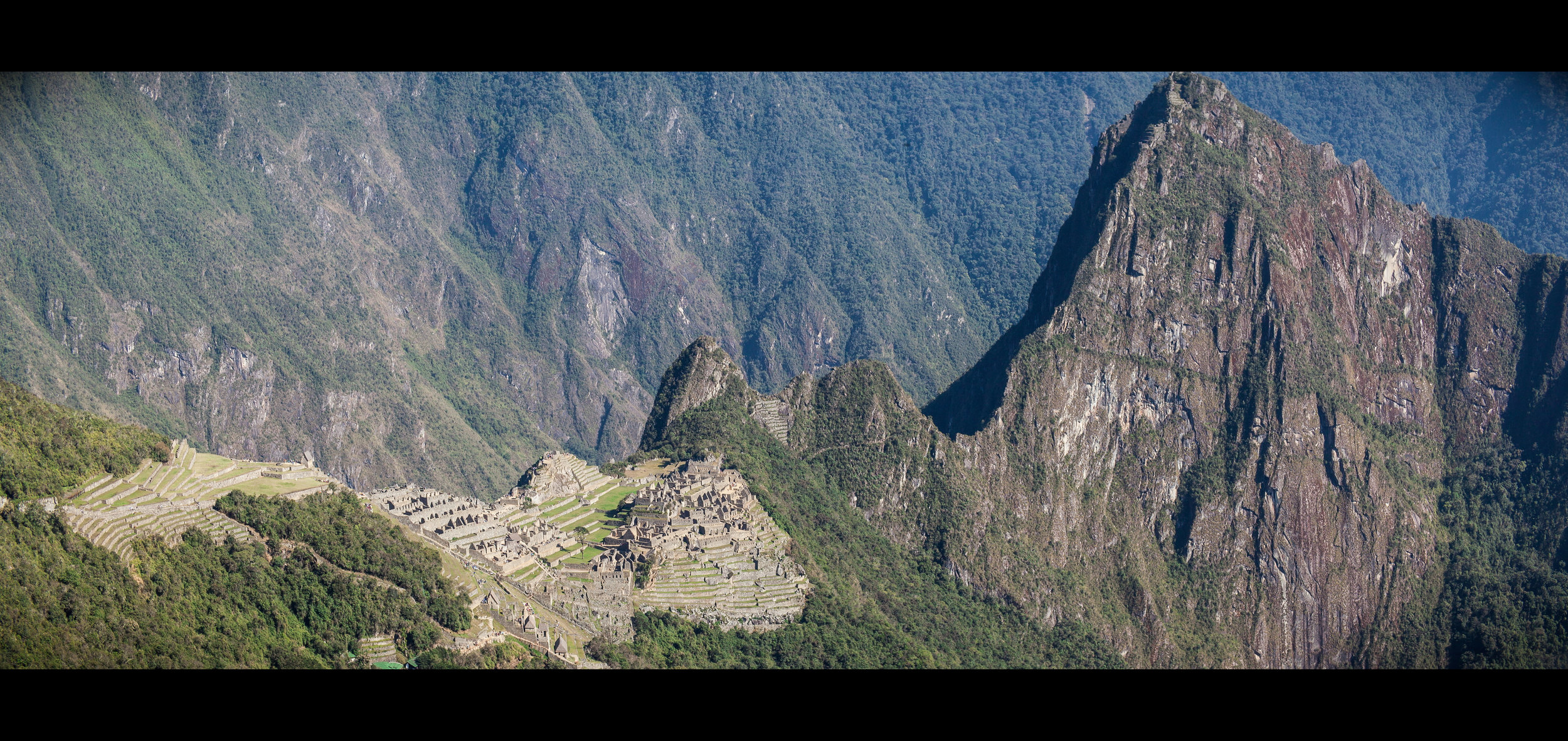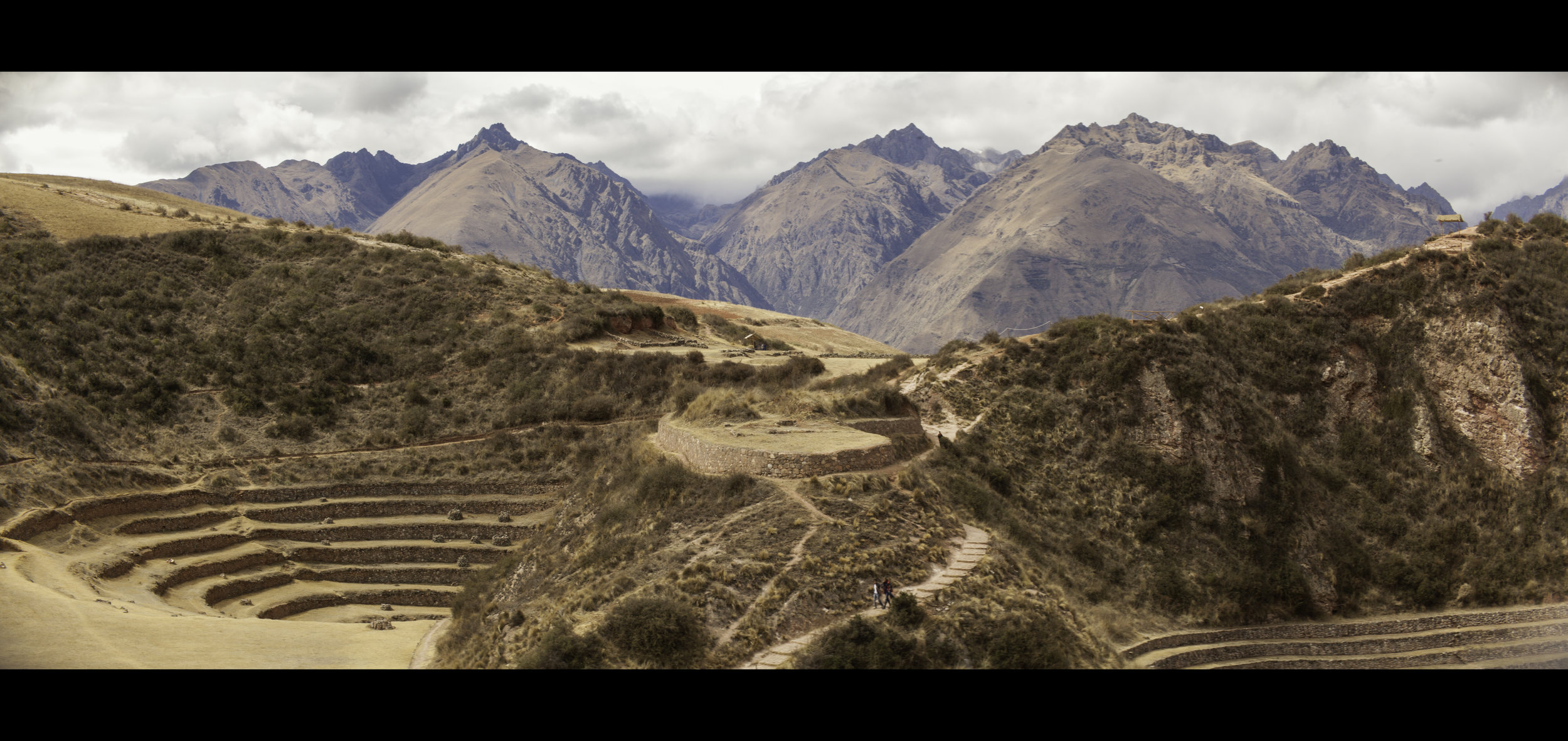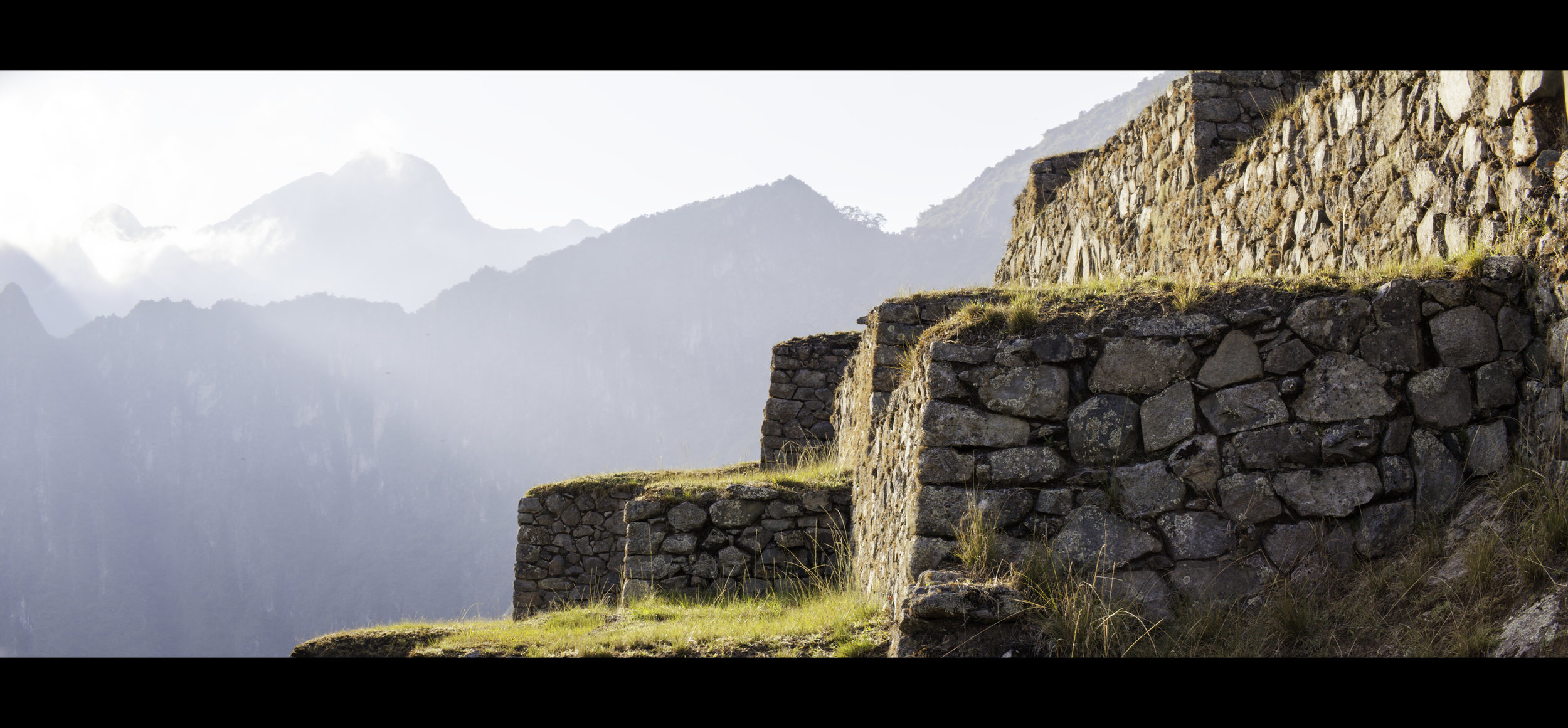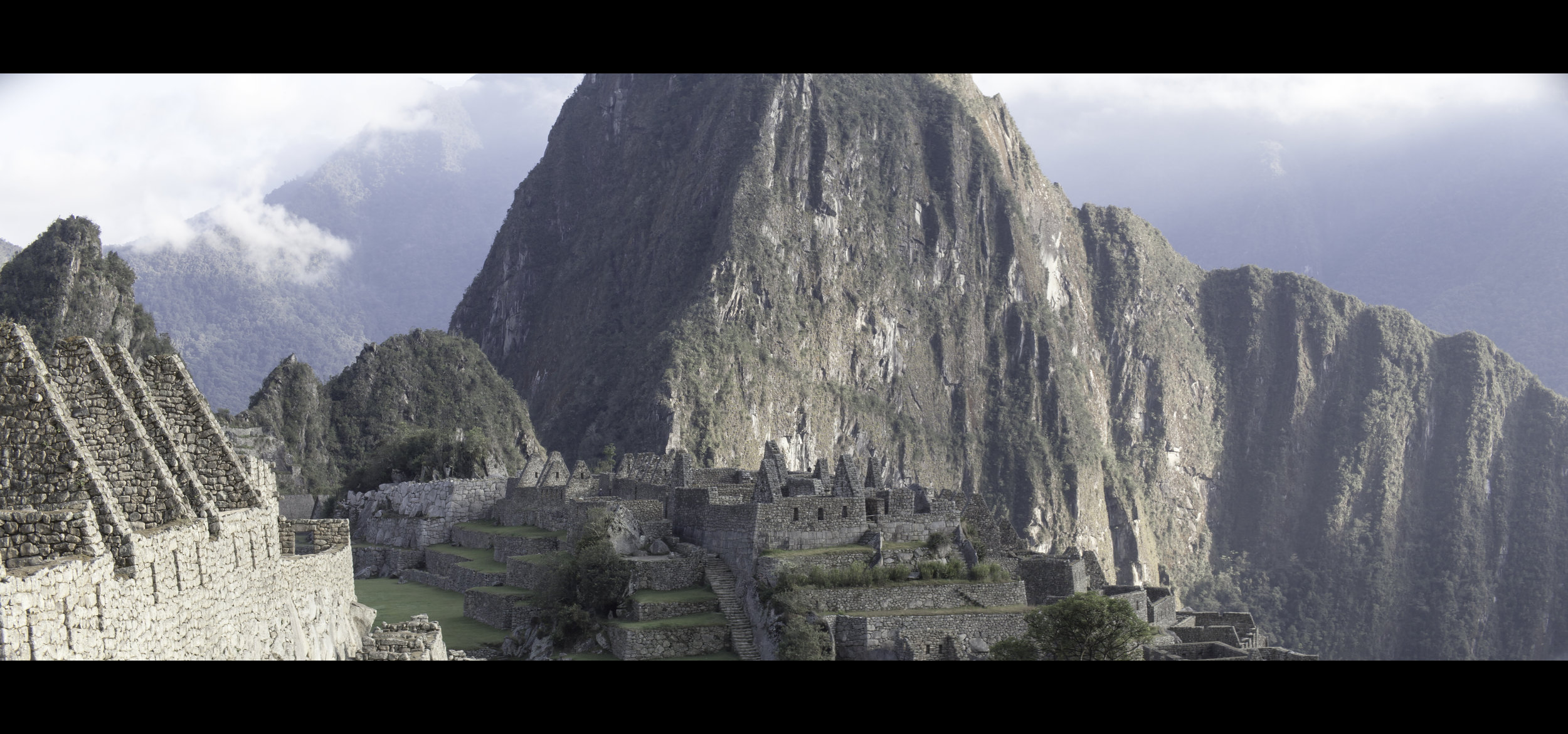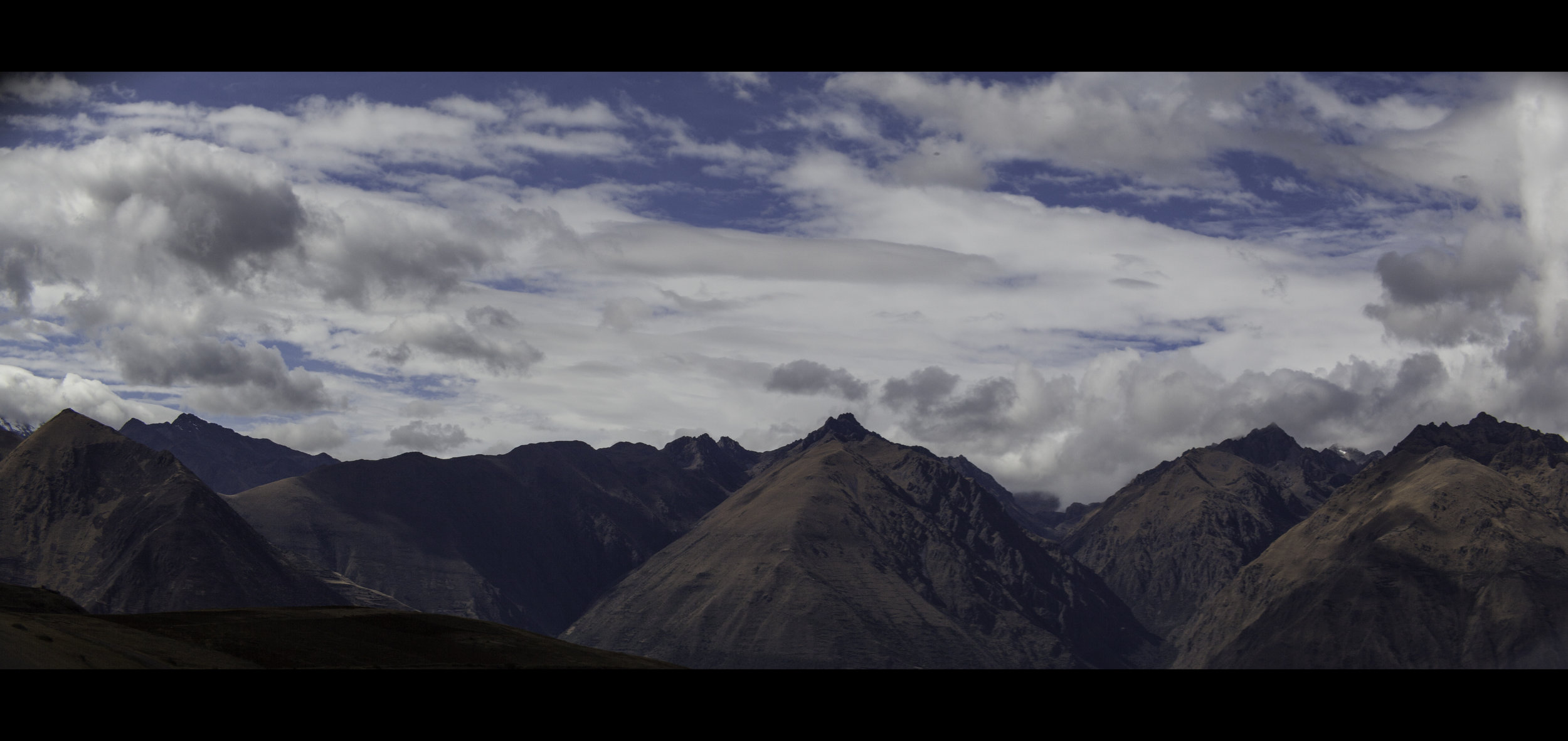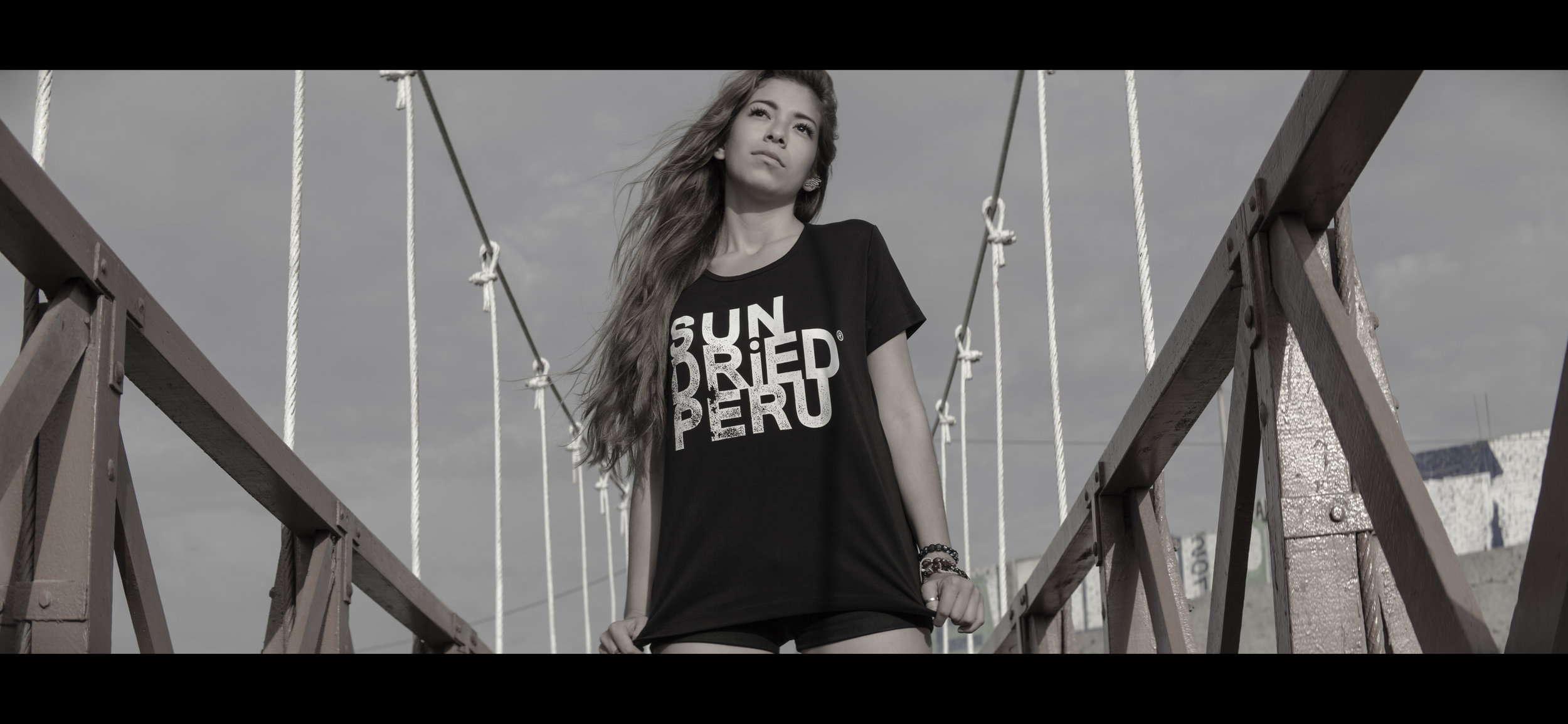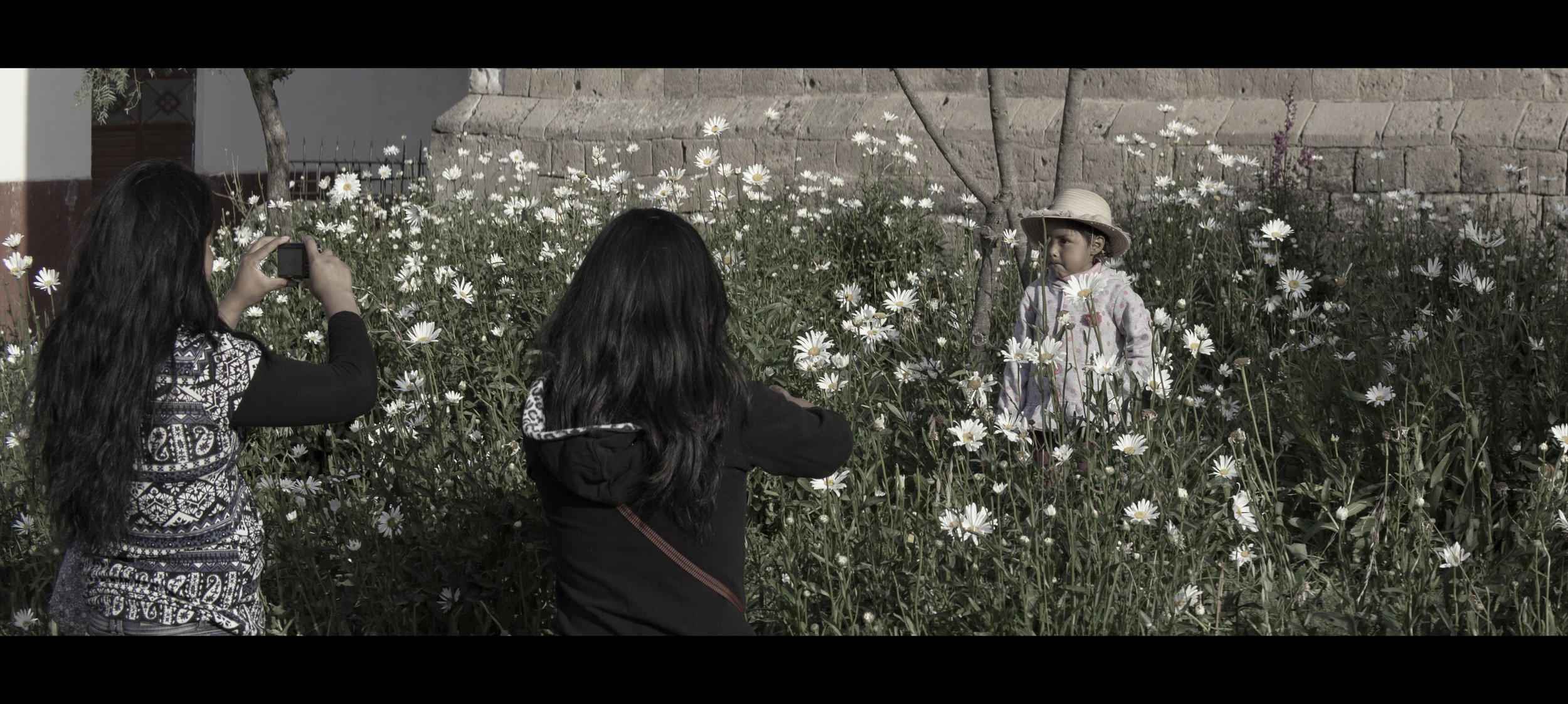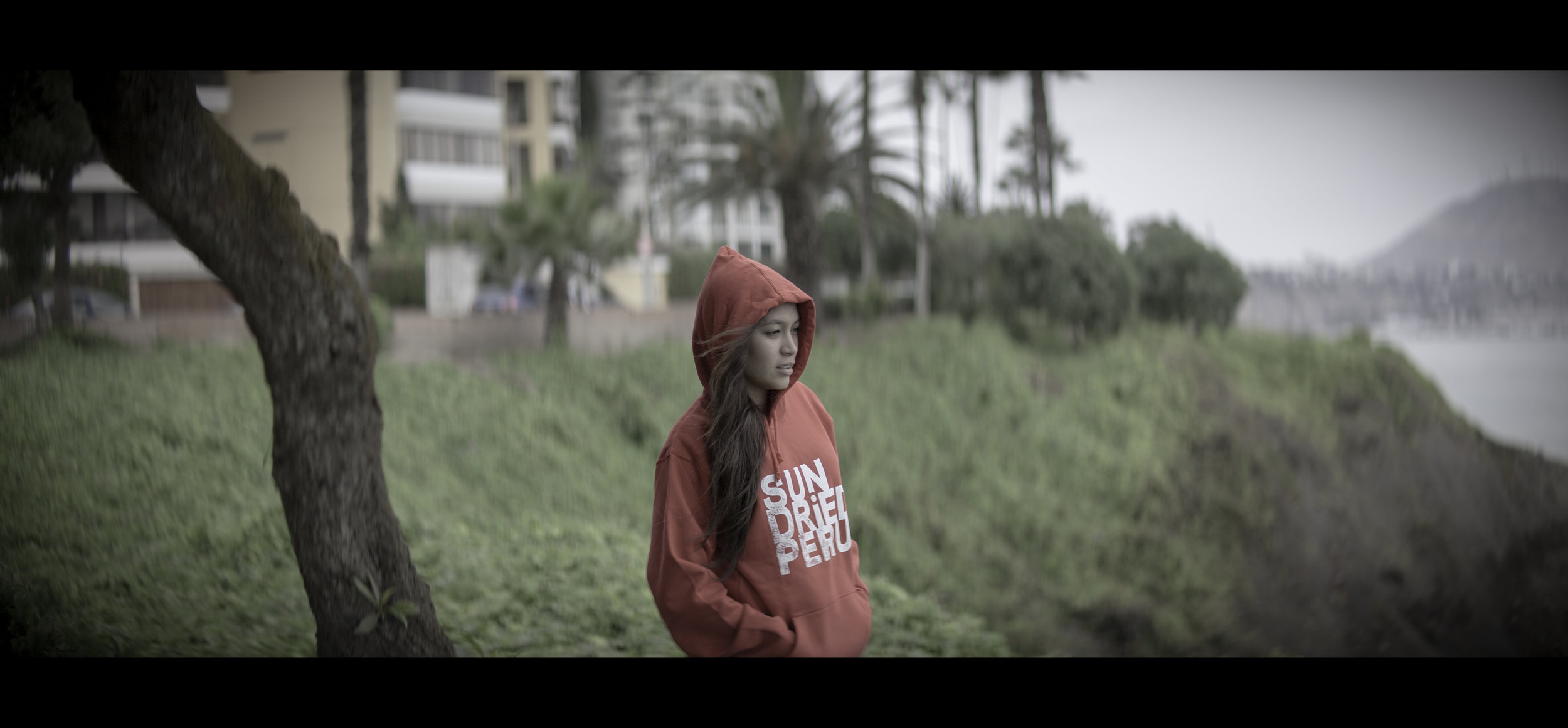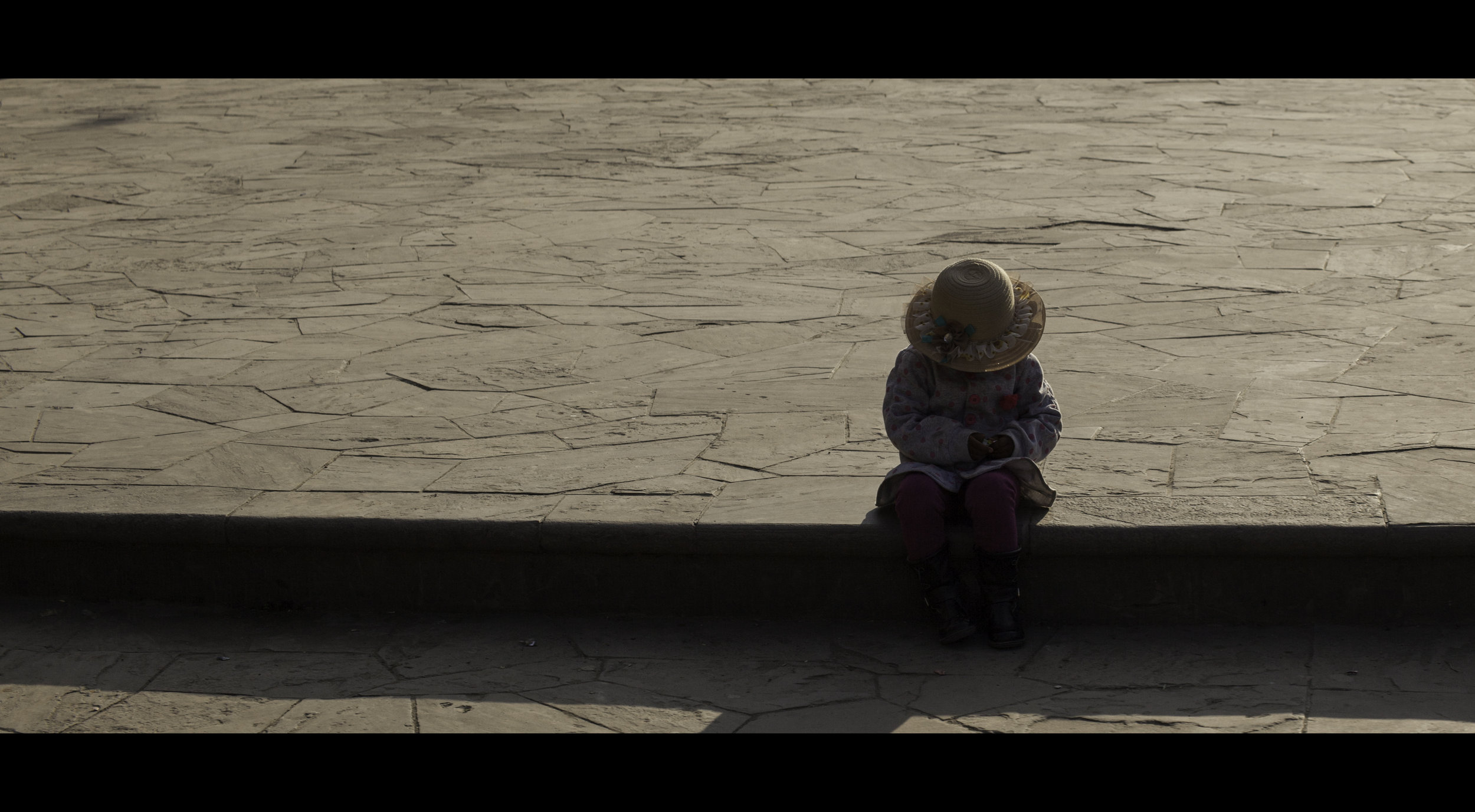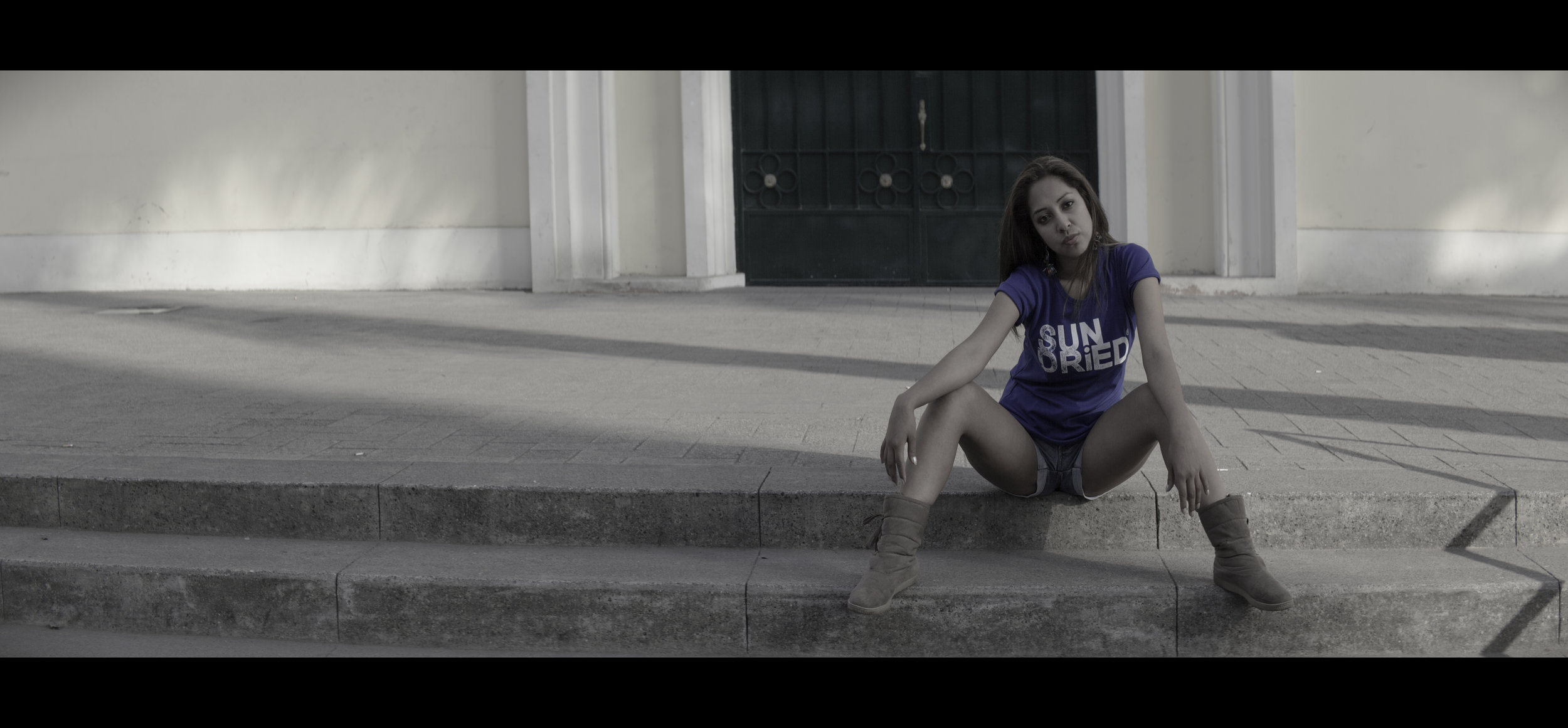Captured on a crisp autumn morning in Mil Palmeras, Alicante, Spain this abstract seascape celebrates the untamed beauty of nature at dawn. The sky burned with fiery reds and pinks, bleeding into the tranquil sea below, as if the horizon itself was on fire. Using intentional camera movement (ICM), I blurred the lines between sky and water, transforming reality into an ethereal dreamscape—a moment of stillness amidst the natural chaos. Here is a previous blog I wrote about taking abstract photographs using intentional camera movement.
Shot with my Canon EOS 5D Mark IV and a 135mm F1.8 DG HSM | Art lens, the technical settings—ƒ/3.2, a shutter speed of 1/25, and ISO 100—helped capture the motion and glow of the waves and sky. With some subtle Lightroom tweaks to enhance the natural tones, I believe the photograph remains true to the vivid serenity of that morning. You can view this ICM abstract Spanish seascape on my Flickr account here.
This abstract piece is available as a fine art print in various formats, from gallery-quality framed prints to oversized canvas displays. Whether you’re looking to bring a calming energy to your home, office, or studio, my abstract seascapes offer a timeless aesthetic that resonates with anyone drawn to the harmony of nature.
Private commissions and bespoke installations are also available. If you’re seeking a unique connection to the beauty of the world, my abstract seascapes are crafted to inspire and elevate. Send me a message for more information or a discussion at: geraintrowlandphotography@gmail.com.
The vast majority of my abstract seascapes are available to license in my Getty Images collection, also take a look at my selection of abstract seascapes from around the World on Flickr. If you would like to discuss any of my travel photography or abstract art images let’s have a chat and turn your vision into reality.
#MilPalmeras #AbstractSeascape #SunrisePhotography #ArtPrints #CanvasWallArt #sunsetart #NatureInspiredArt #GeraintRowlandPhotography #artprints forsale #artsale #canvas #surfart #travelart




